Best camera for black and white photography in 2025
We help you find the best camera for black and white, whether you want to shoot on digital or film.
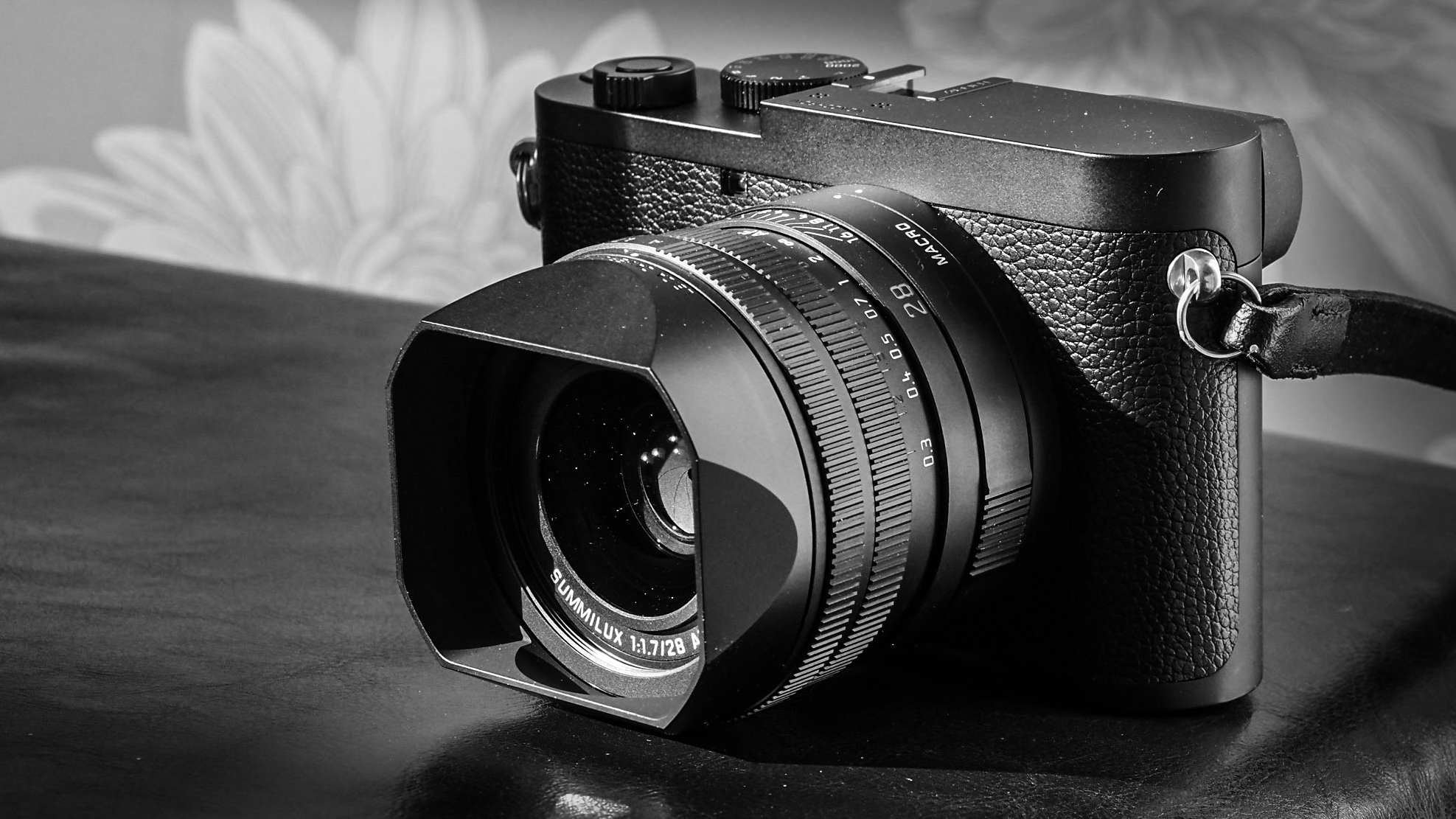
With years of experience shooting black and white across both film and digital workflows, I’ve learned that choosing the right camera for monochrome photography is deeply personal. Do you want to capture black-and-white images directly in-camera, or are you comfortable shooting in color and converting later?
To help you navigate these choices, I’ve crafted this guide to the best cameras for black and white photography, covering a range of options. First, I explore specialist digital cameras that shoot monochrome exclusively. These cameras, stripped of their color filters, deliver unmatched sharpness and clarity. However, they come with a couple of caveats: you’re limited to black and white only, and these models often come with a hefty price tag.
For those looking for more flexibility, I’ve included a section on versatile mirrorless cameras that excel in black-and-white shooting. Some, like those from Fujifilm and Panasonic, feature exceptional monochrome modes, perfect for capturing stunning in-camera black-and-white shots. Others are ideal for photographers who prefer converting their images in post-production using the best photo editing software.
Whatever your preference, there’s a camera here to suit your style. Let’s start with the best strictly mono-only cameras for black and white photography...
Top picks
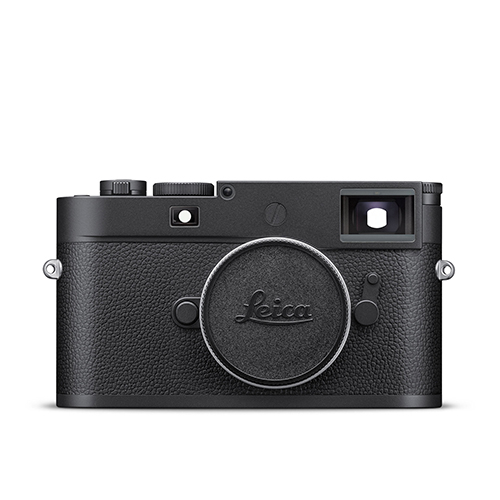
This is the best black-and-white camera that money can buy – and as such, it requires a lot of money to do so. The Leica M11 Monochrom is the latest digital rangefinder camera from the prestigious German manufacturer, and it’s a triumph.
Read more below

A compact camera pairing a full-frame 47.3MP sensor with a stunningly sharp Summilux 28mm f/1.7 lens, the Leica Q2 Monochrom also differs from the M11 in another key way – it has autofocus.
Read more below
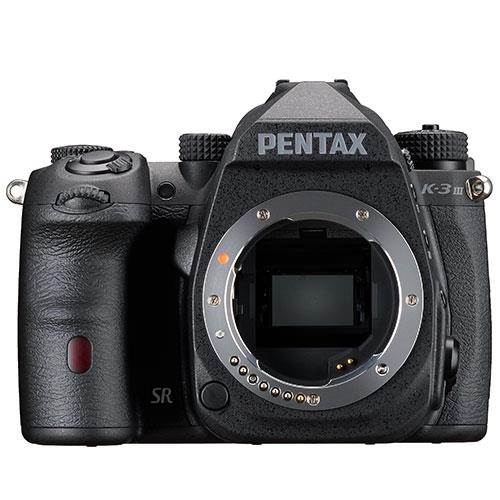
Pentax continues to keep the DSLR dream alive with this B&W version of one of its APS-C DSLRs. Just like the Leica models, the K-3 Mark III Monochrome features a sensor with no color filter
Read more below
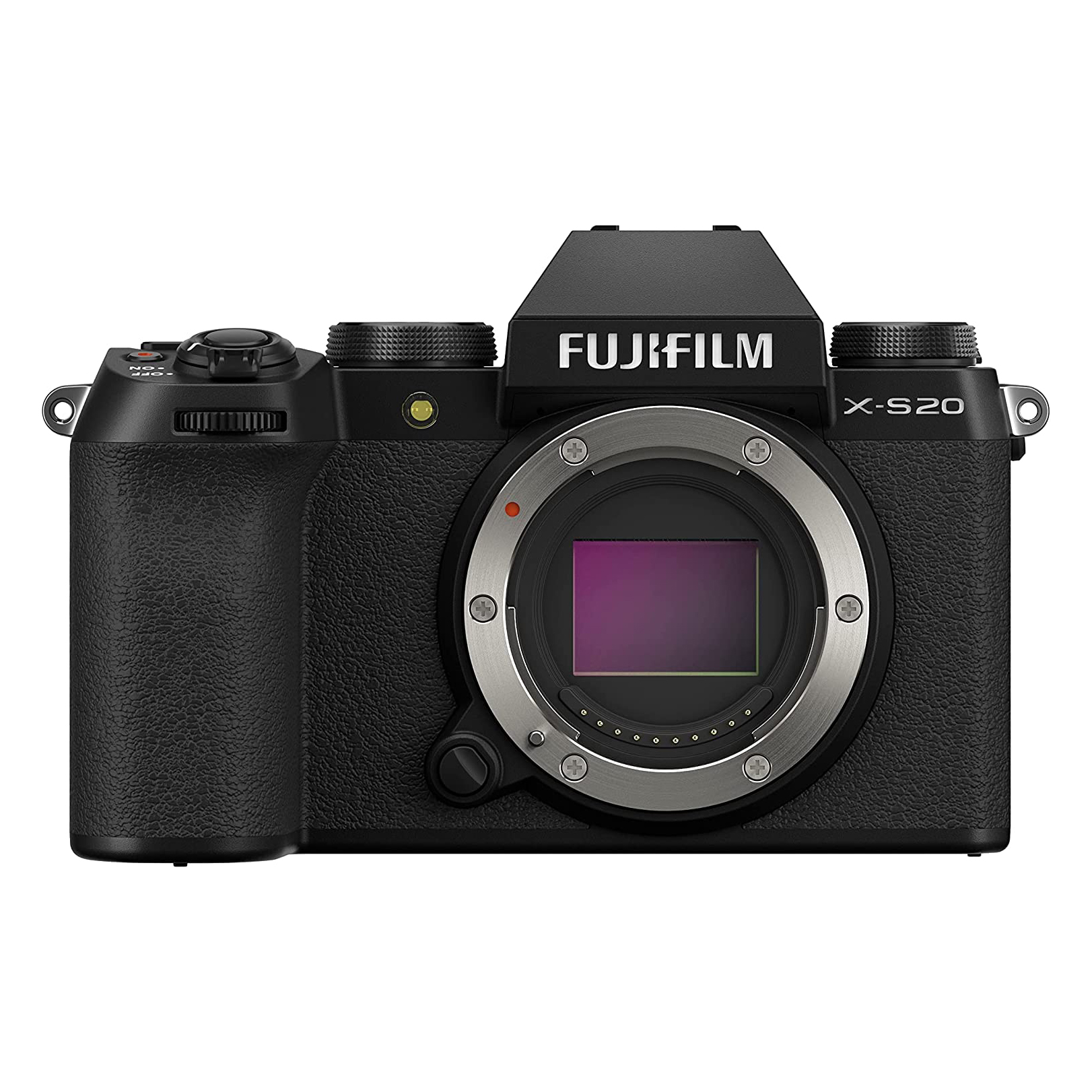
If you want to shoot many black-and-white film stocks, but want the convenience of shooting digitally the Fujifilm X-S20 is the perfect match for black and white, while being small to carry with you all day long.
Read more below
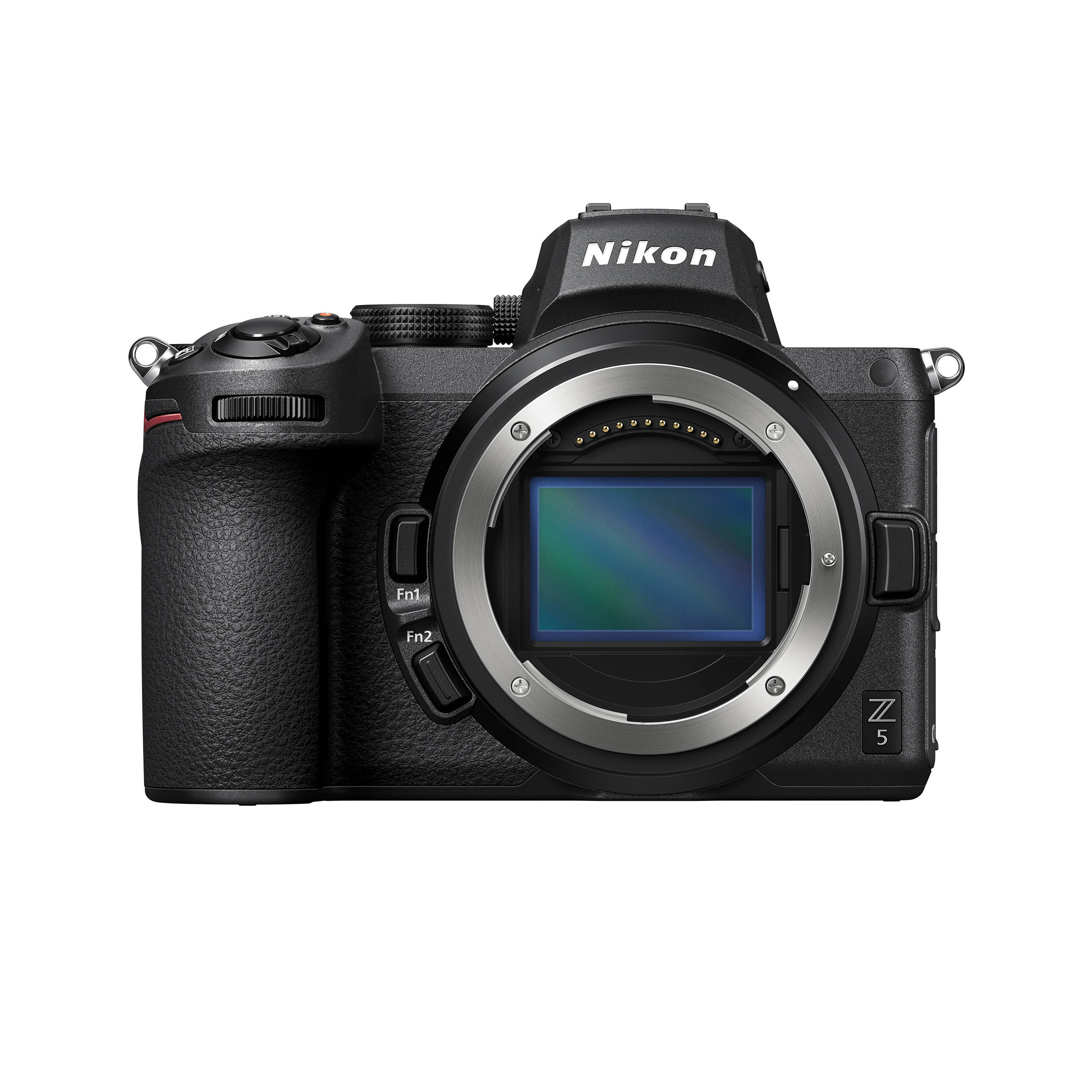
If you're a beginner that likes the idea of shooting black and white, but also wants a camera that can shoot amazing color stills, and even 4K video - the Nikon Z5 is the best option.
Read more below
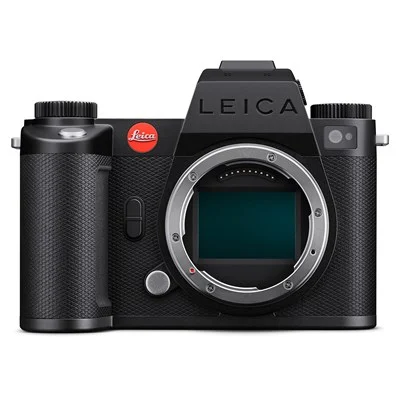
If you want the latest Leica mirrorless camera, but not the massive 60 megapixels then the 24MP Leica SL3-S is the perfect balance between megapixels and video features, along with outstanding black and white options.
Read more below
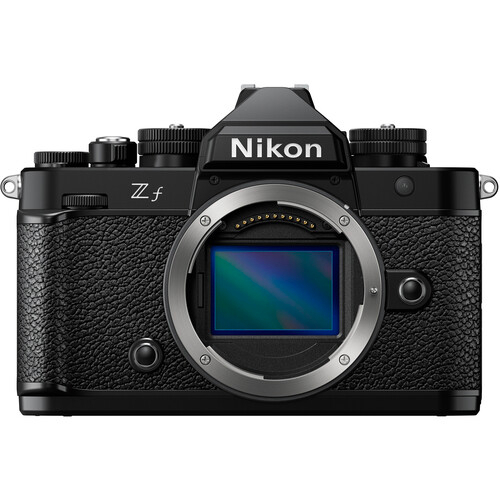
This dreamy camera doesn't just look cool, it's also one of the best cameras around for enthusiast photographers looking for style as well as performance. With a full-frame sensor and top-of-the-line Expeed 7 processor and hand B&W switch the Nikon Zf is a highly capable camera for black and white photography.
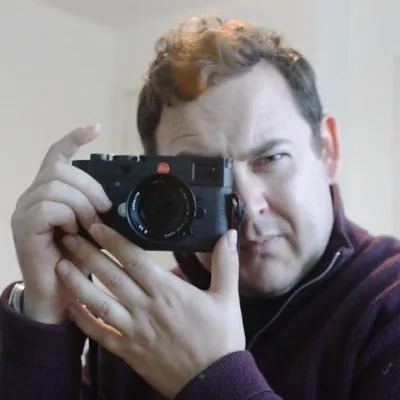
Sebastian has had his images published across the world stage and is deeply familiar with 35mm, medium, and large format film and digital. He's worked with cameras from Leica, Phase One, Hasselblad, Alpa, and Sinar, embracing the unique qualities each format offers. However, it is the raw, stripped-down aesthetic of black and white that has shaped his vision the most.
Now, in his personal work, he turns to his trusted Leica M-E and Leica M2, capturing street and documentary photography as he sees it - intuitively, without distraction. For him, black and white photography isn’t just a stylistic choice; it’s a way of seeing, distilling moments down to their purest form of light, shadow, and emotion.
Best overall

Specifications
Reasons to buy
Reasons to avoid
Sample images
Why you can trust Digital Camera World
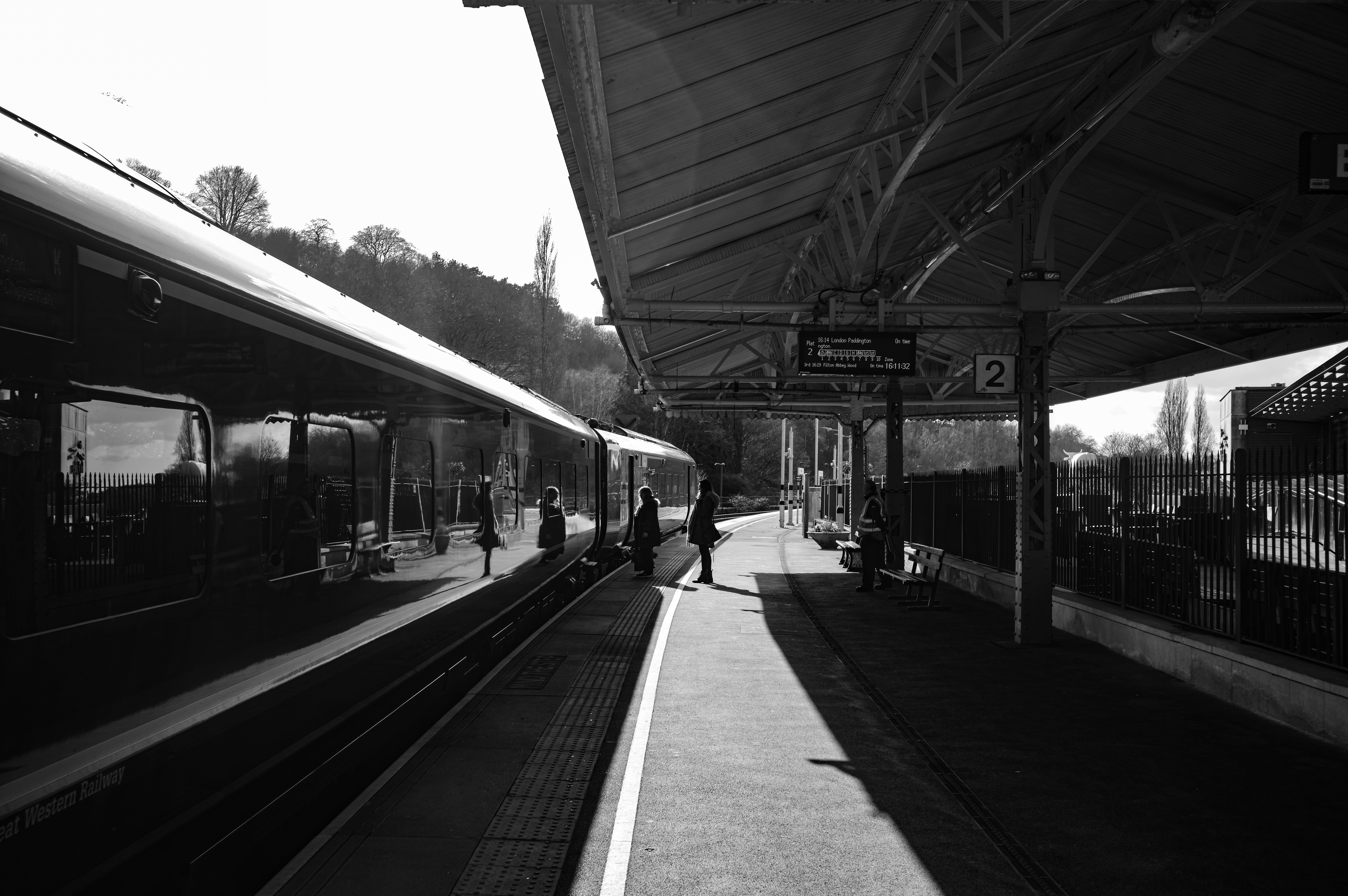
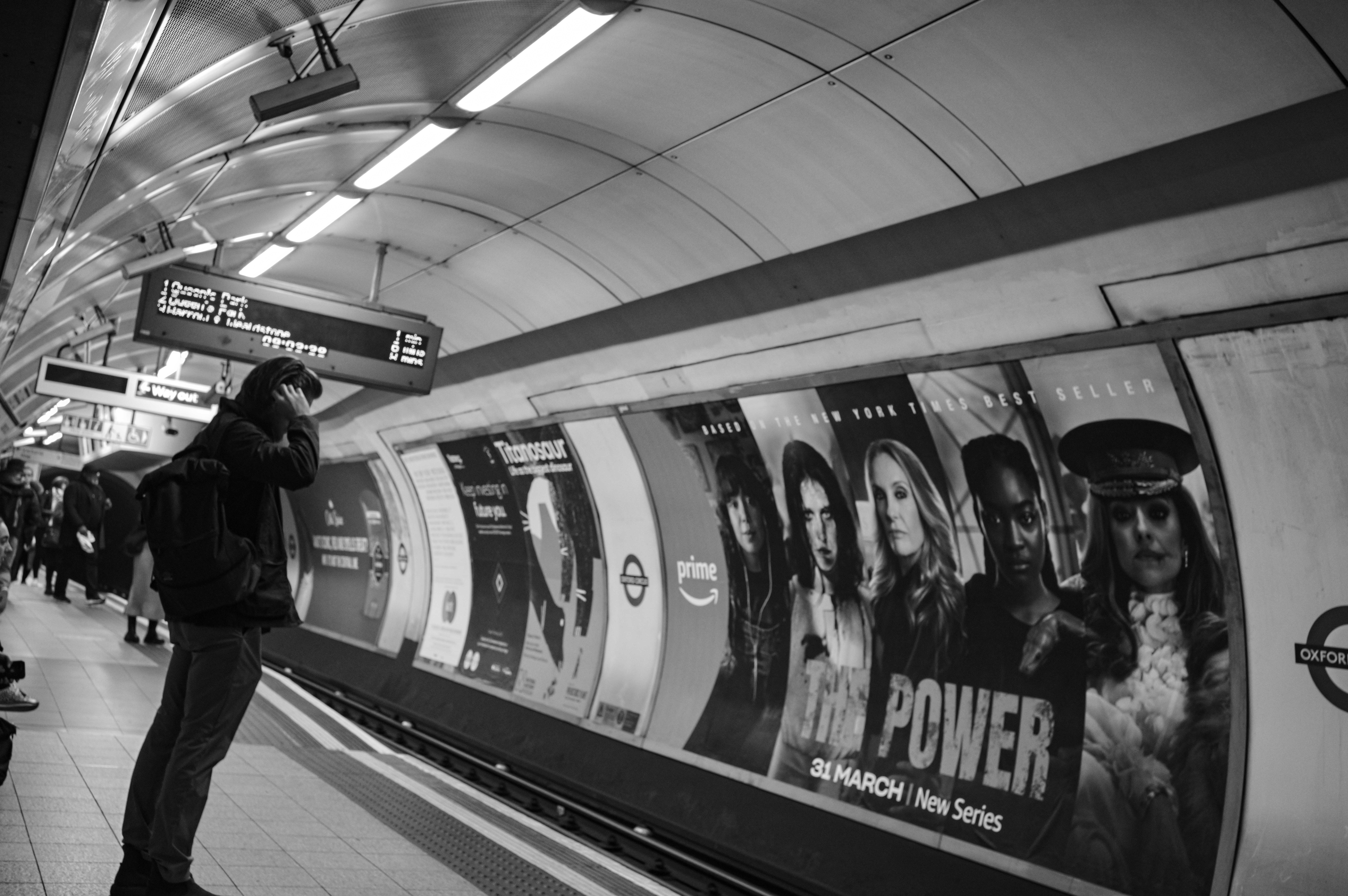
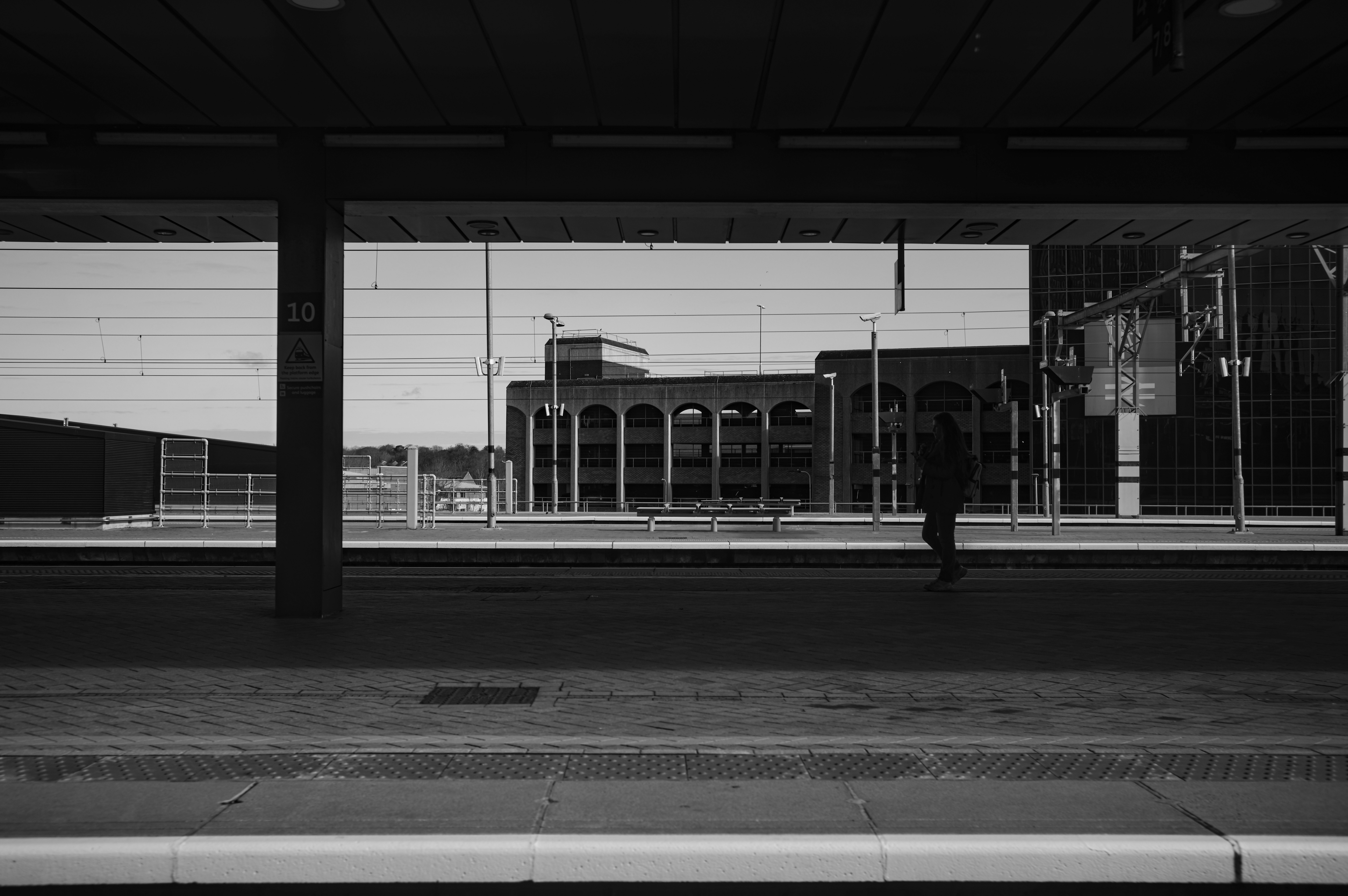
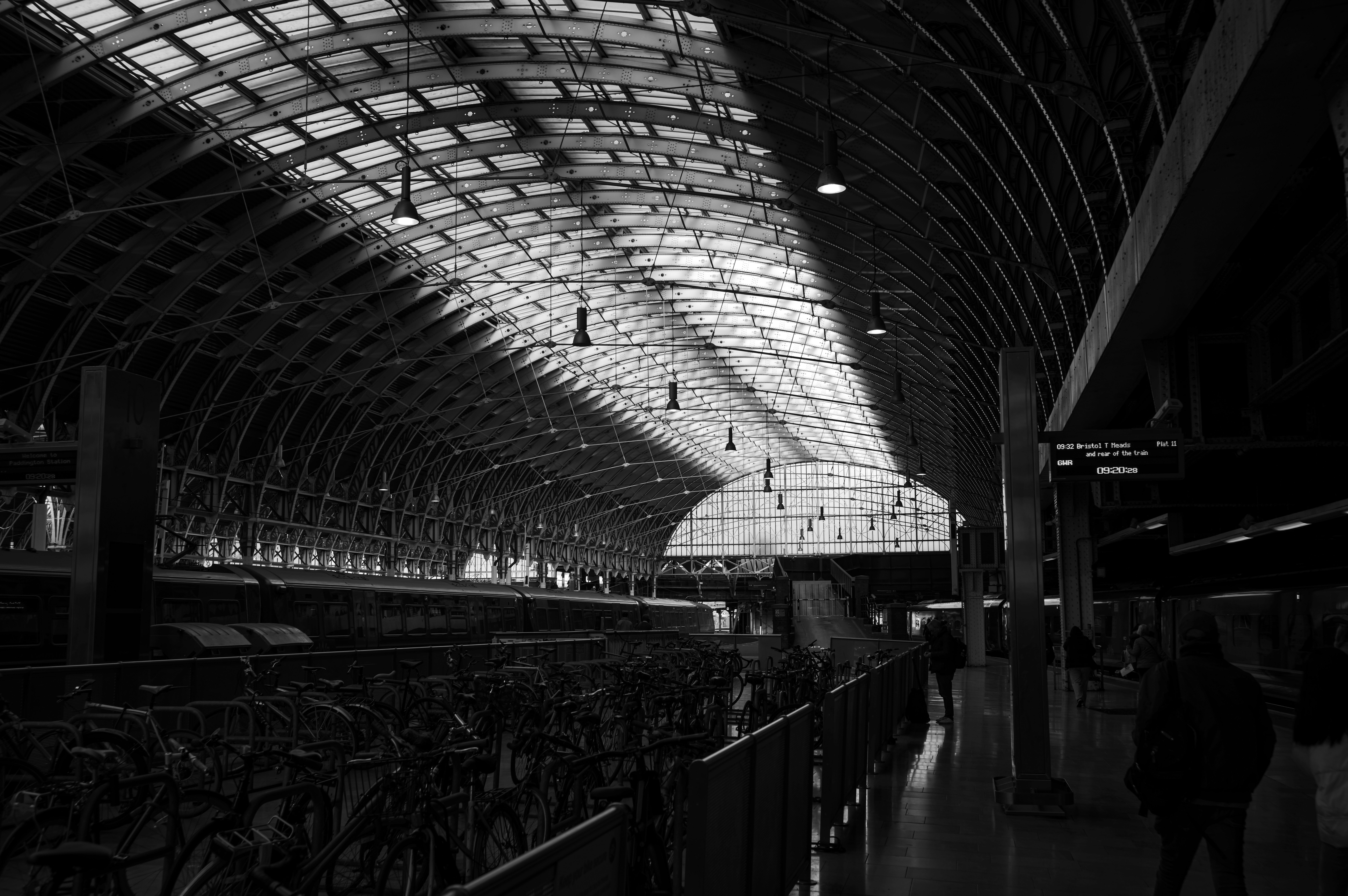
✅ You want the best black-and-white camera: Delivers stunning black-and-white images - this is as good as black-and-white photography gets in the digital world.
✅ You want the stealth look: Thanks to its street-wise aesthetic the red dot is removed, and you have only one color option, black - making for the stealthiest camera on the streets.
❌ You want the full Leica look: While the M11 Monochrom looks stunning, without the famous red dot it doesn't give off the full Leica vibe
This is the best black and white camera that money can buy – and as such, it requires a lot of money to do so. The Leica M11 Monochrom is the latest digital rangefinder camera from the prestigious German manufacturer, and it’s a triumph.
It borrows the 60MP sensor first introduced on the Leica M11, only it does away with the color filter. This means you couldn't shoot color images with it even if you wanted to, but also results in improved image clarity and exceptional levels of detail.
Leica cameras are all about delivering a premium photographer’s experience (it doesn't even shoot video, so don’t ask). The M11 Monochrom is manual focus only, using a rangefinder system that’s tricky to get right, but immensely satisfying when you do.
The physical control dials give the camera’s operation a film-like feel, and Leica’s range of M-lenses provide that singular Leica ‘look’ you just can’t get any other way. Its price tag and self-imposed limitations make this a highly niche camera – but if you’re in that niche, it might be the best buy you’ll ever make.
See our full Leica M11 Monochrom review for more details
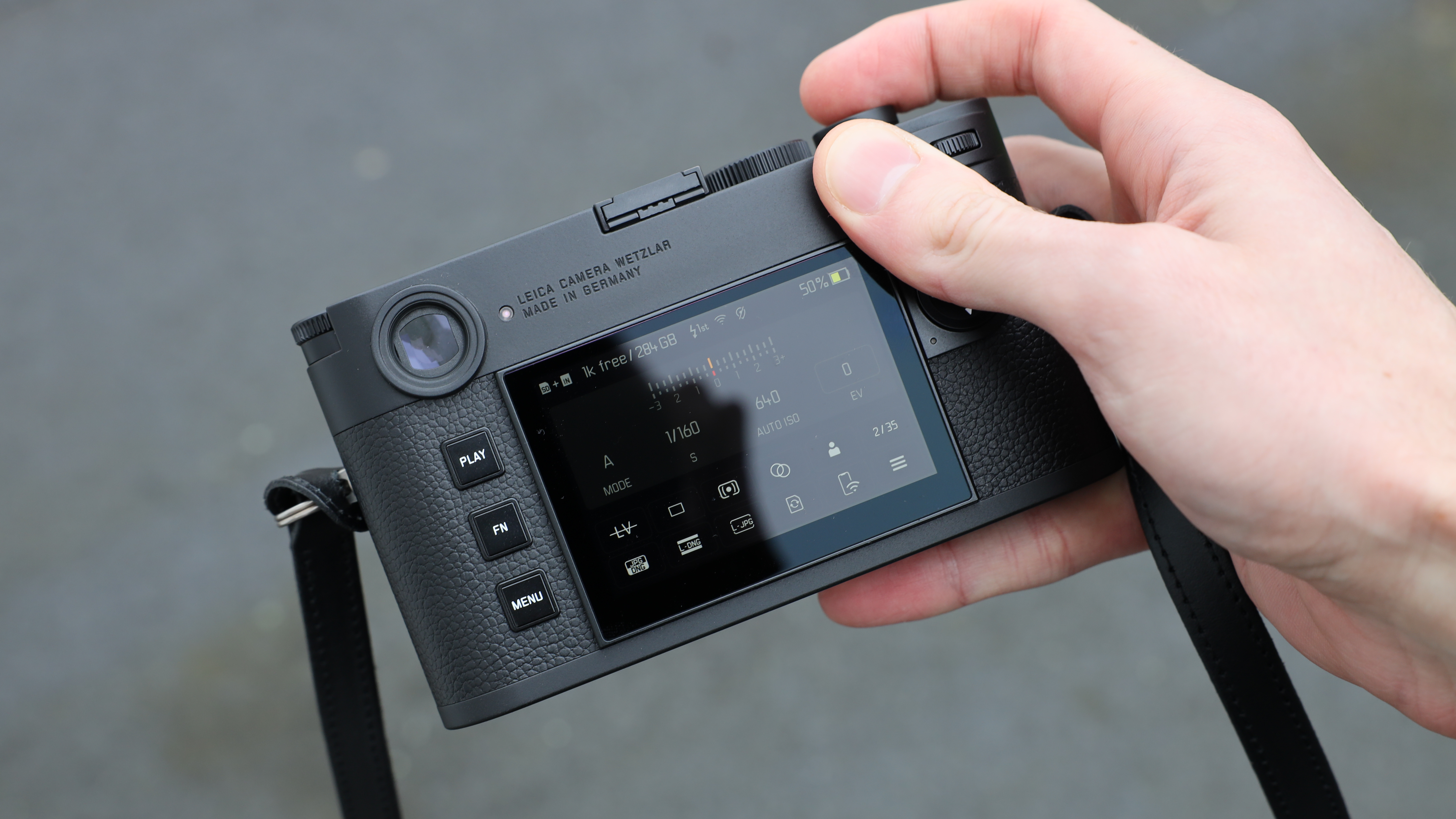
| Header Cell - Column 0 | Notes | Score |
|---|---|---|
Features | Black and white only images, 60MP stills, no video features | 4 / 5 |
Build & handling | Built to the Leica reputation this is a solid camera that lives up to the Leica name | 5 / 5 |
Performance | Simply the best low-light performance from any Leica | 5 / 5 |
Value | Rather expensive for a very niche camera | 4 / 5 |
Best compact

Specifications
Reasons to buy
Reasons to avoid
Sample images
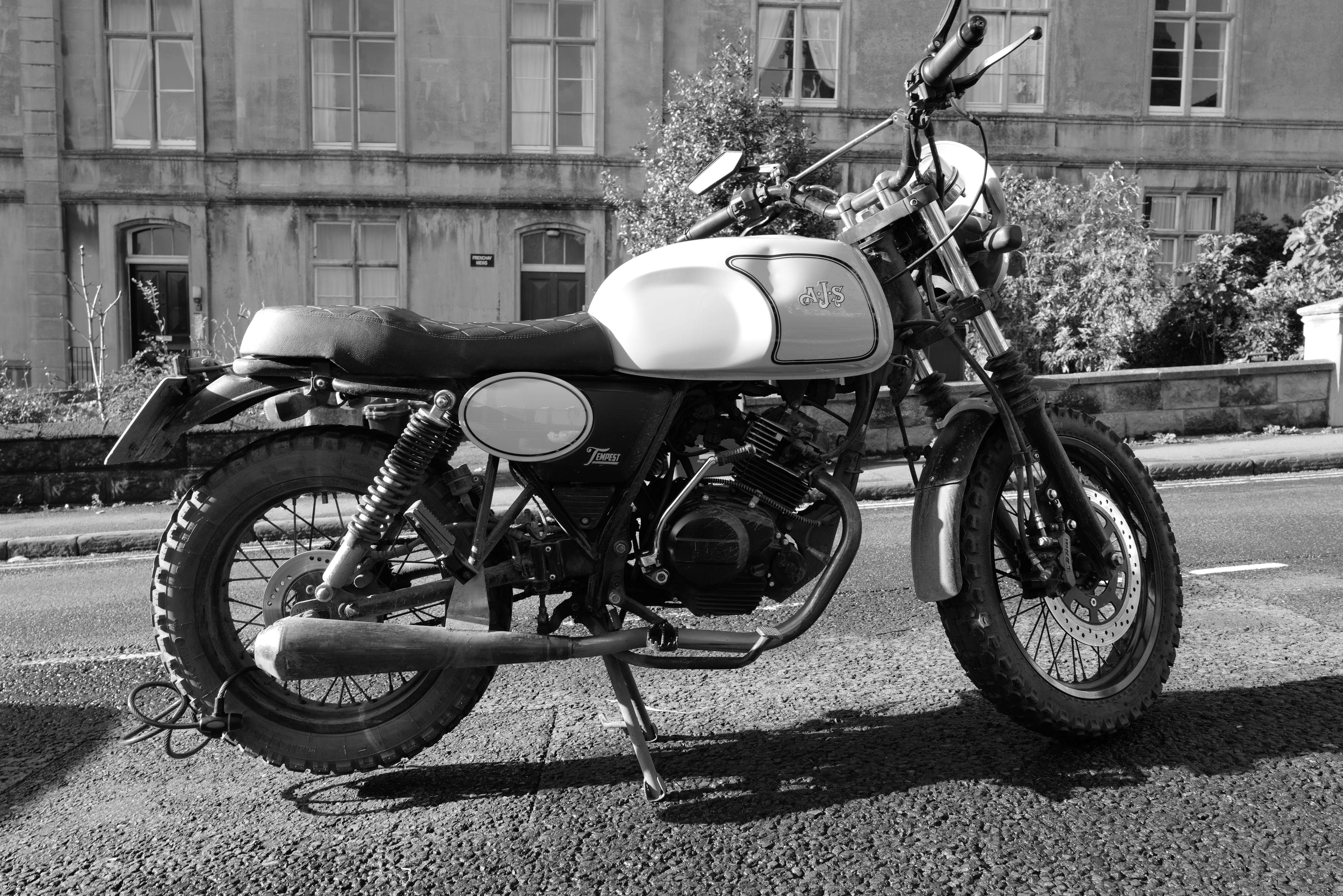
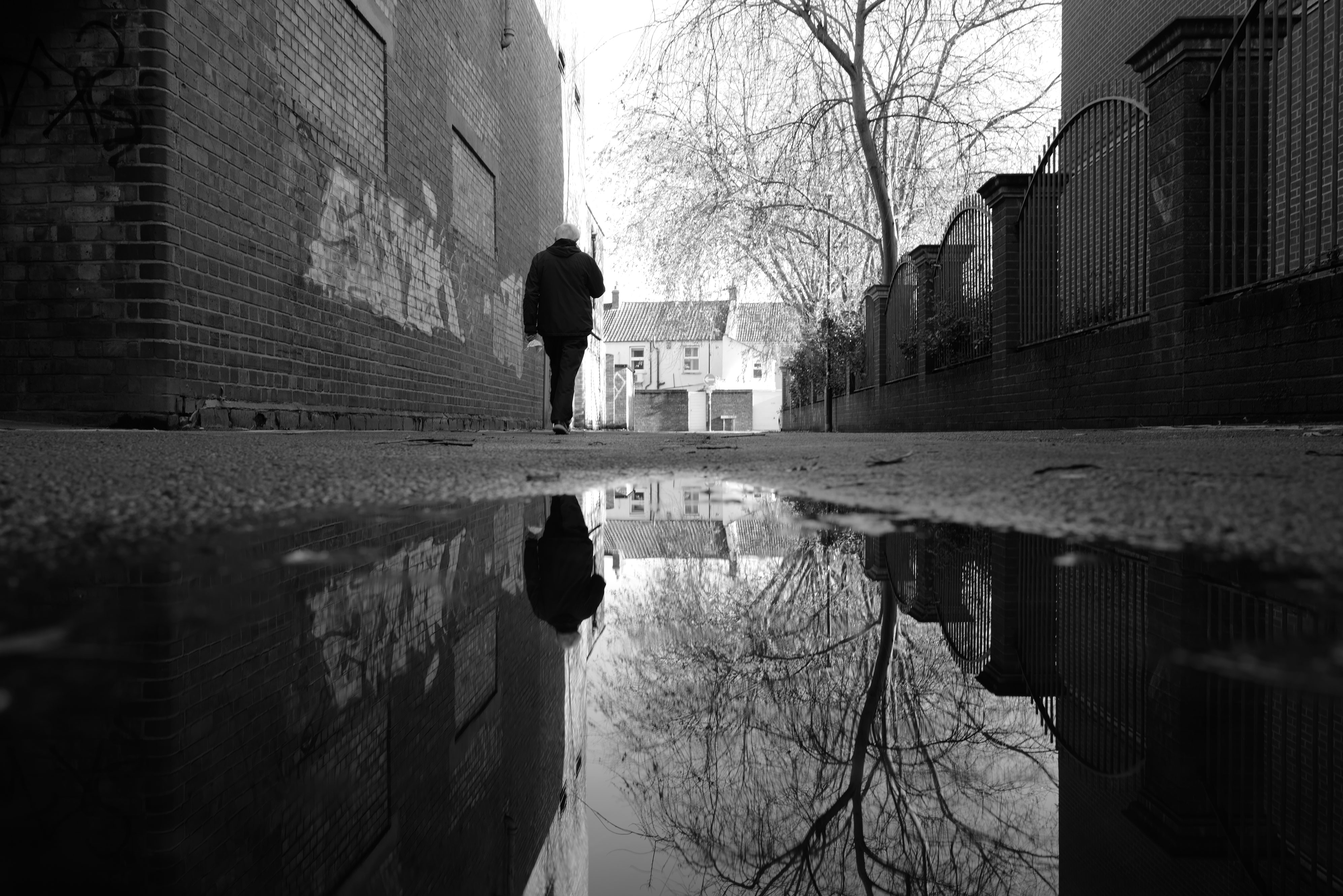
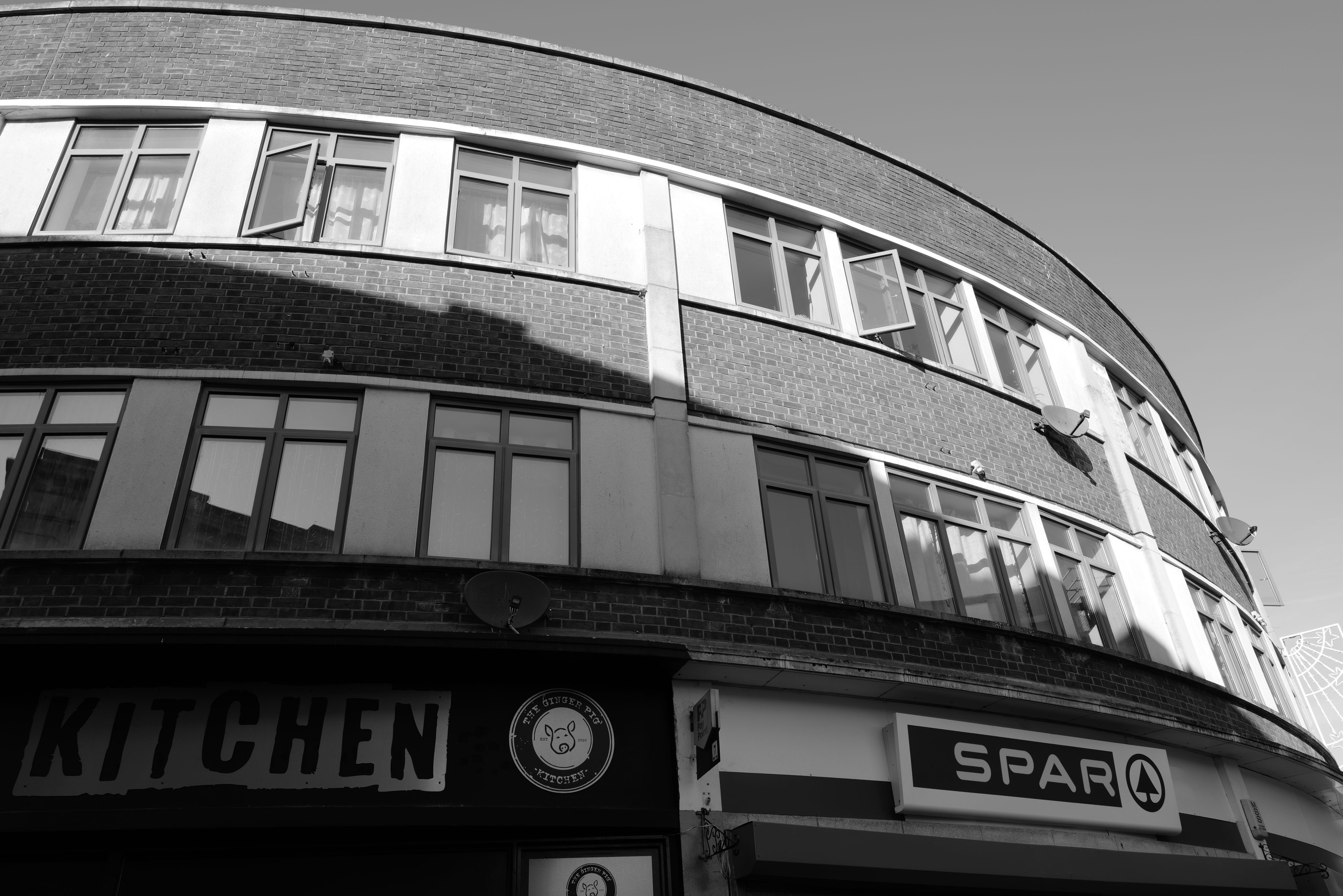
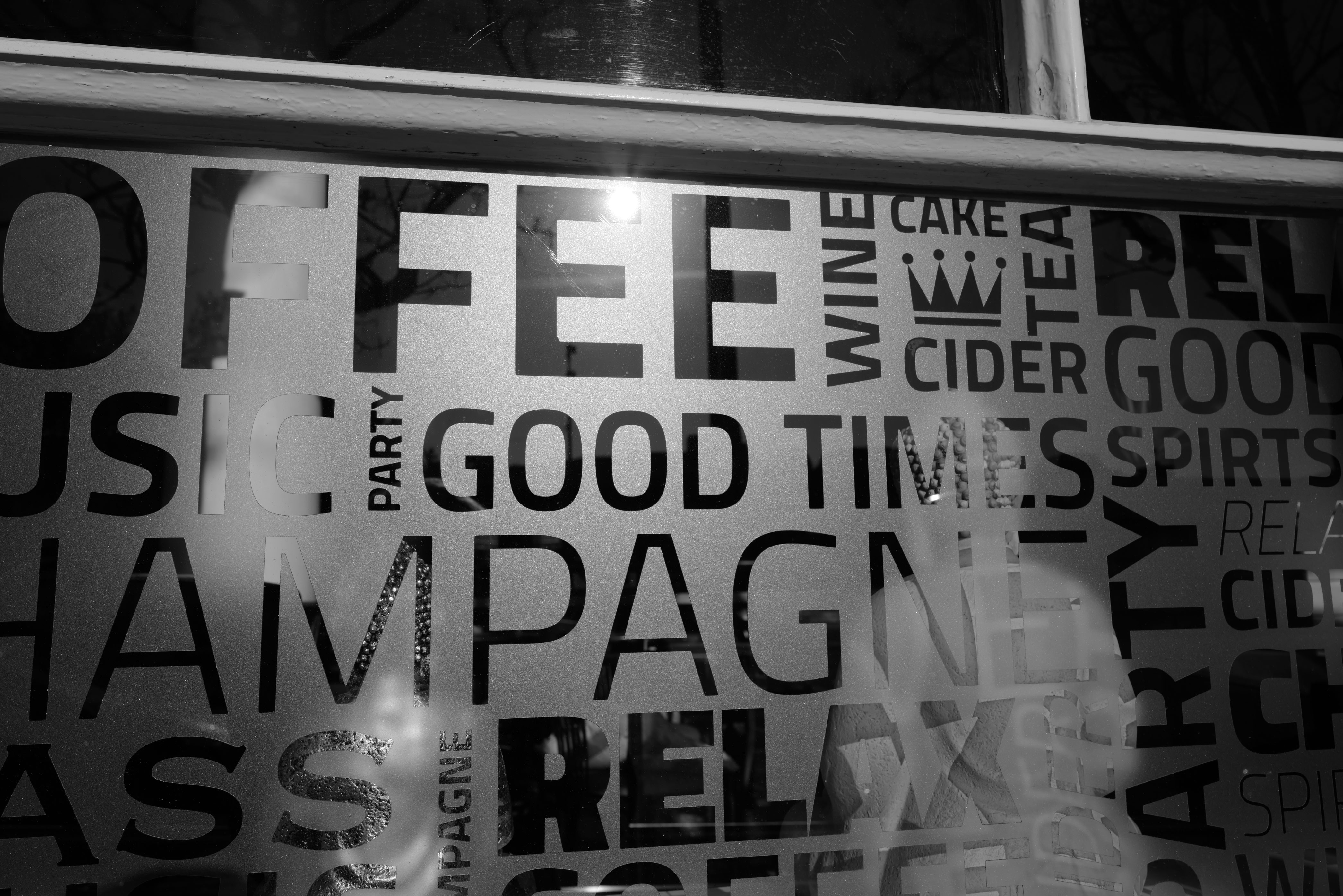
✅ You're on a budget: If you want compact on a budget the Q2 is currently the best bang for the buck in the Q-series lineup offering a monochrom sensor.
✅ You want great ISO performance: Leica Monochrom sensors are known for high ISO performance - even up to 100,000 ISO
❌ You want modern specs: The Q2 is getting a little long in the tooth and on occasion, it shows its age with the EVF
❌ You want a tilting screen: Q2 is old school, featuring a fixed 3" screen with no tilting abilities.
❌ You want interchangeable lenses: the Q2's lens has a fixed wide-angle view
Even though it’s about half the price of the M11 Monochrom, the Leica Q2 Monochrom is still going to be an expensive ask for a lot of people. If it’s in your budget though, then I have good news – it’s another fantastic camera.
A compact camera pairing a full-frame 47.3MP sensor with a stunningly sharp Summilux 28mm f/1.7 lens, the Leica Q2 Monochrom also differs from the M11 in another key way – it has autofocus. Contrast-detection autofocus to be specific, so no need to learn to use a rangefinder.
One thing that really impresses me about the Q2 Monochrom is its performance at high ISO settings. In most digital cameras, the highest ISO settings are normally simply never used, as the images they create are so compromised by noise. However, the Q2 Monochrom still produces usably contrasty, punchy images at its top ISO of 100,000, making it a fantastic performer in low light.
See our full Leica Q2 Monochrom review for more details
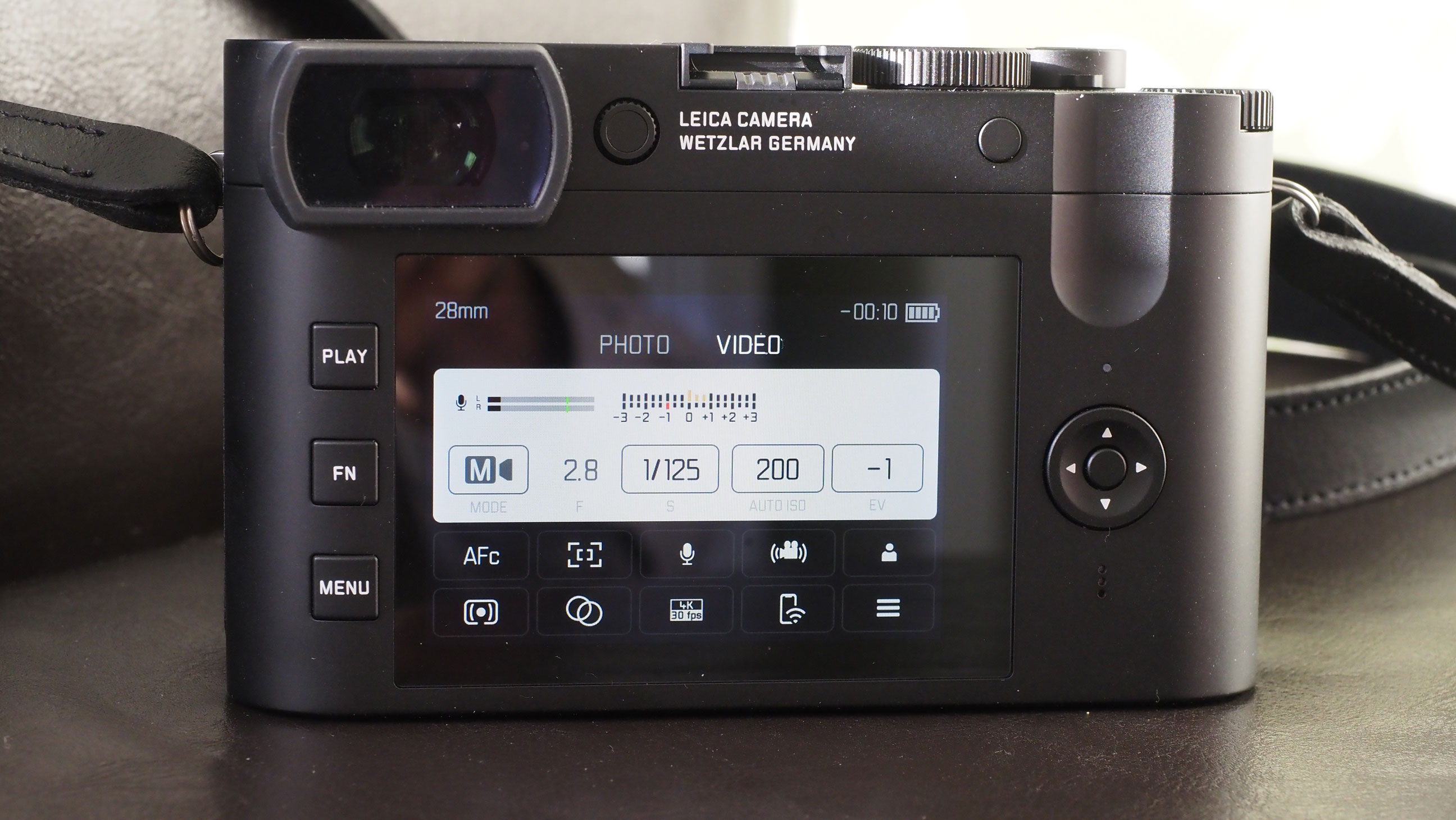
| Header Cell - Column 0 | Notes | Score |
|---|---|---|
Features | 24MP, 4K video, amazing 28mm fixed f/1.7 lens | 4 / 5 |
Build & handling | Dust resistant and compact, the Q2 is a great compact camera | 4.5 / 5 |
Performance | Delivers great 24mp still and 4K video if needed, EVF is good but can lag at times | 3.5 / 5 |
Value | the only current Q-series offering Monochrom it can seem a little high - but its worth it! | 4 / 5 |
Best budget
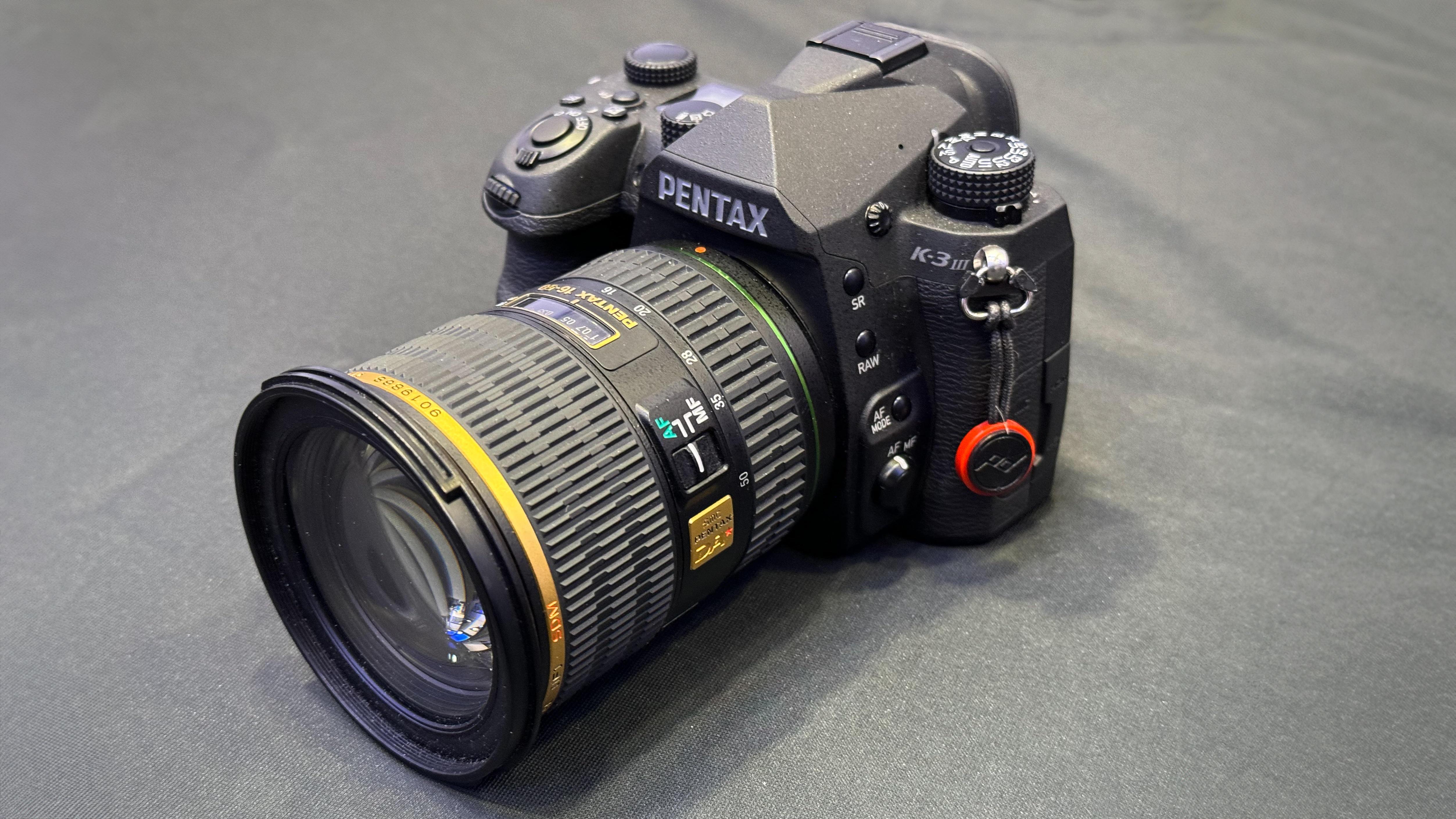
Specifications
Reasons to buy
Reasons to avoid
Sample images
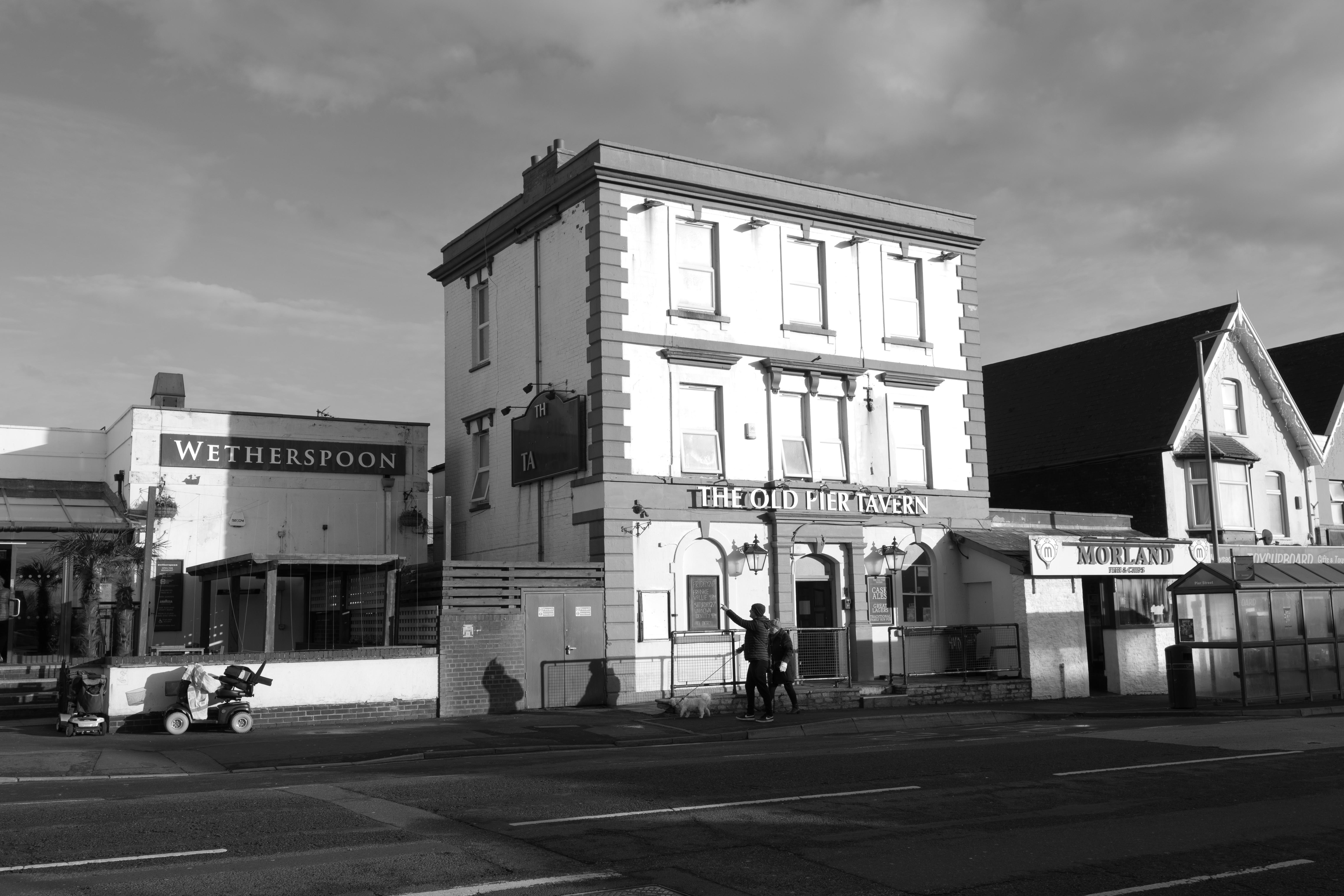
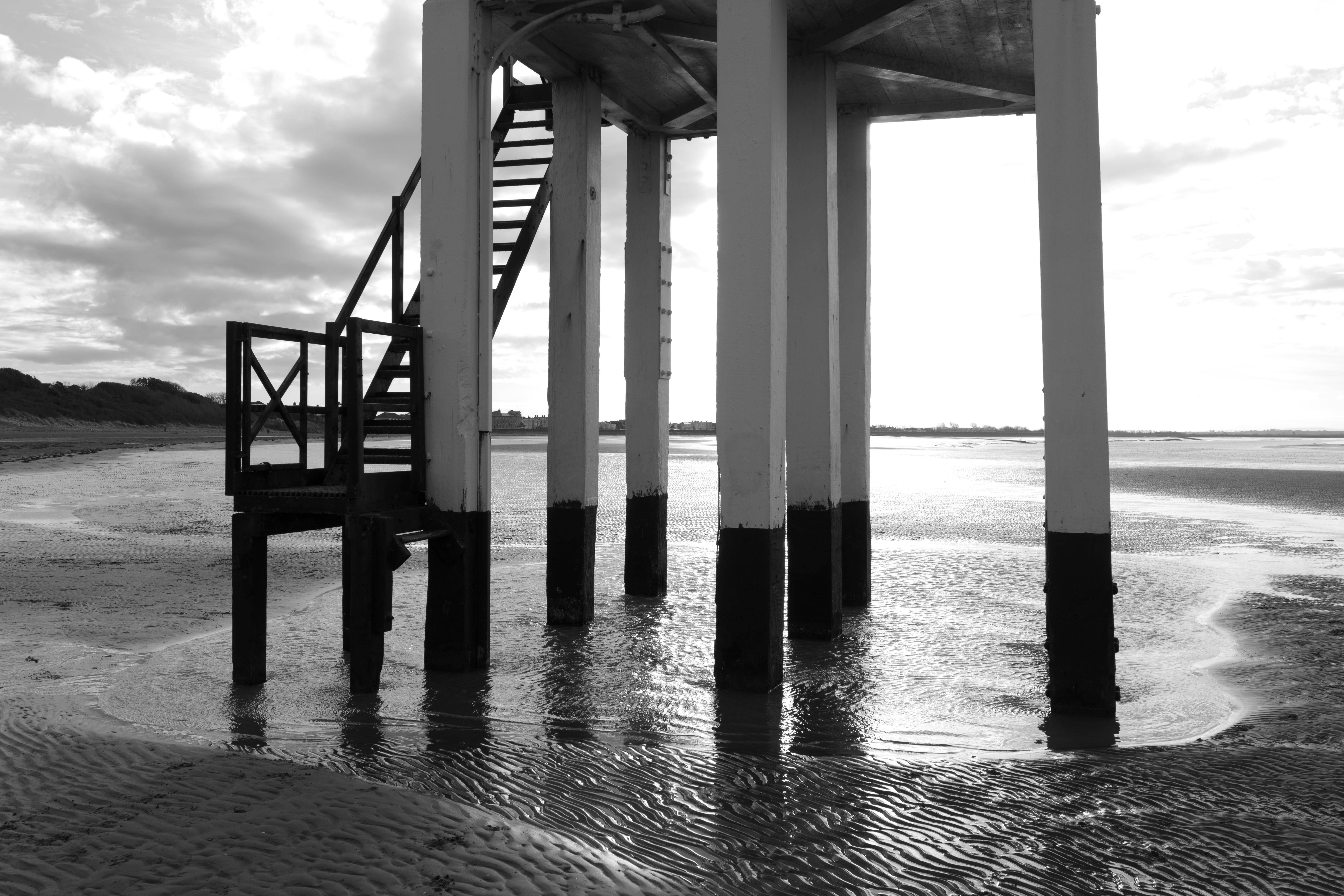
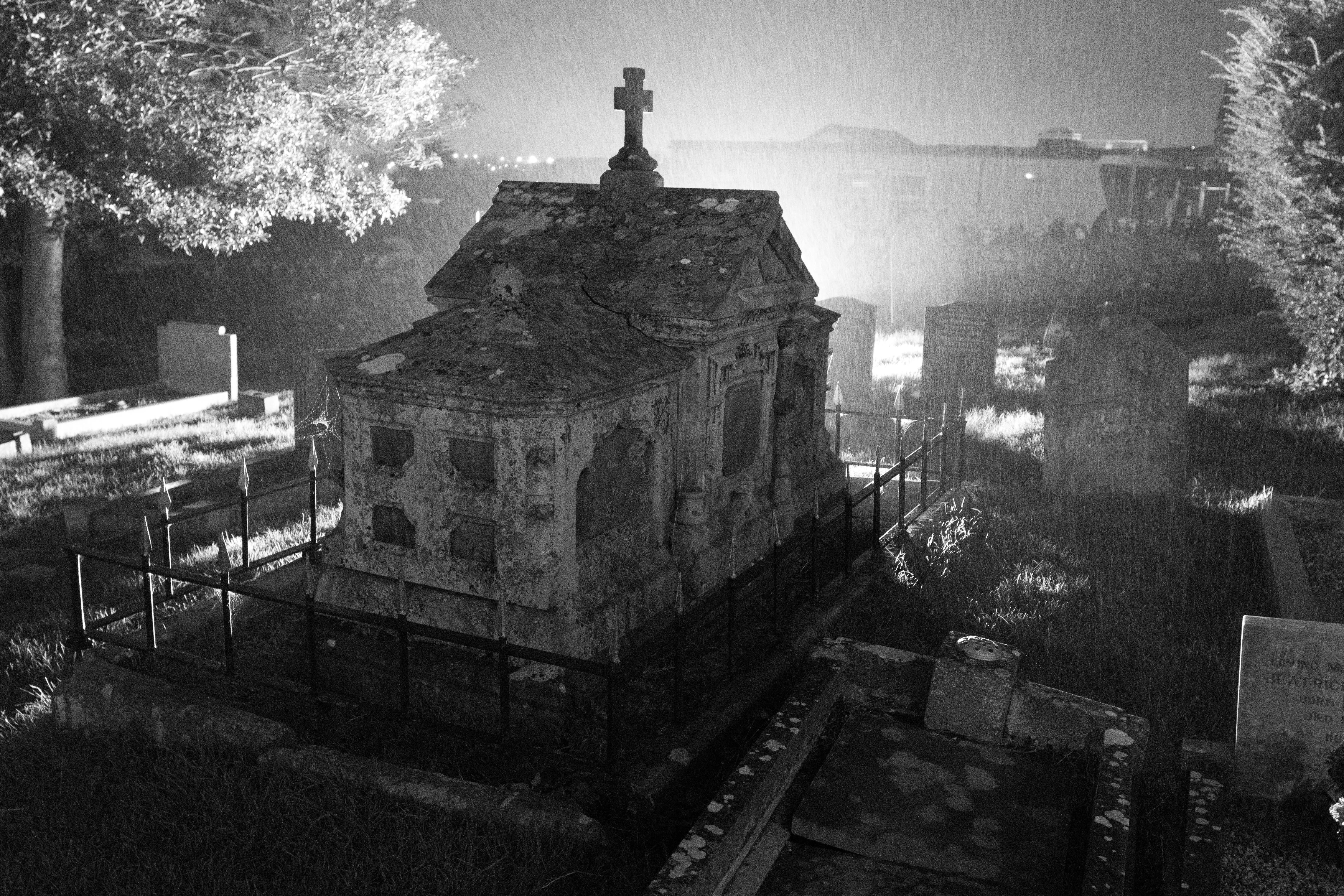
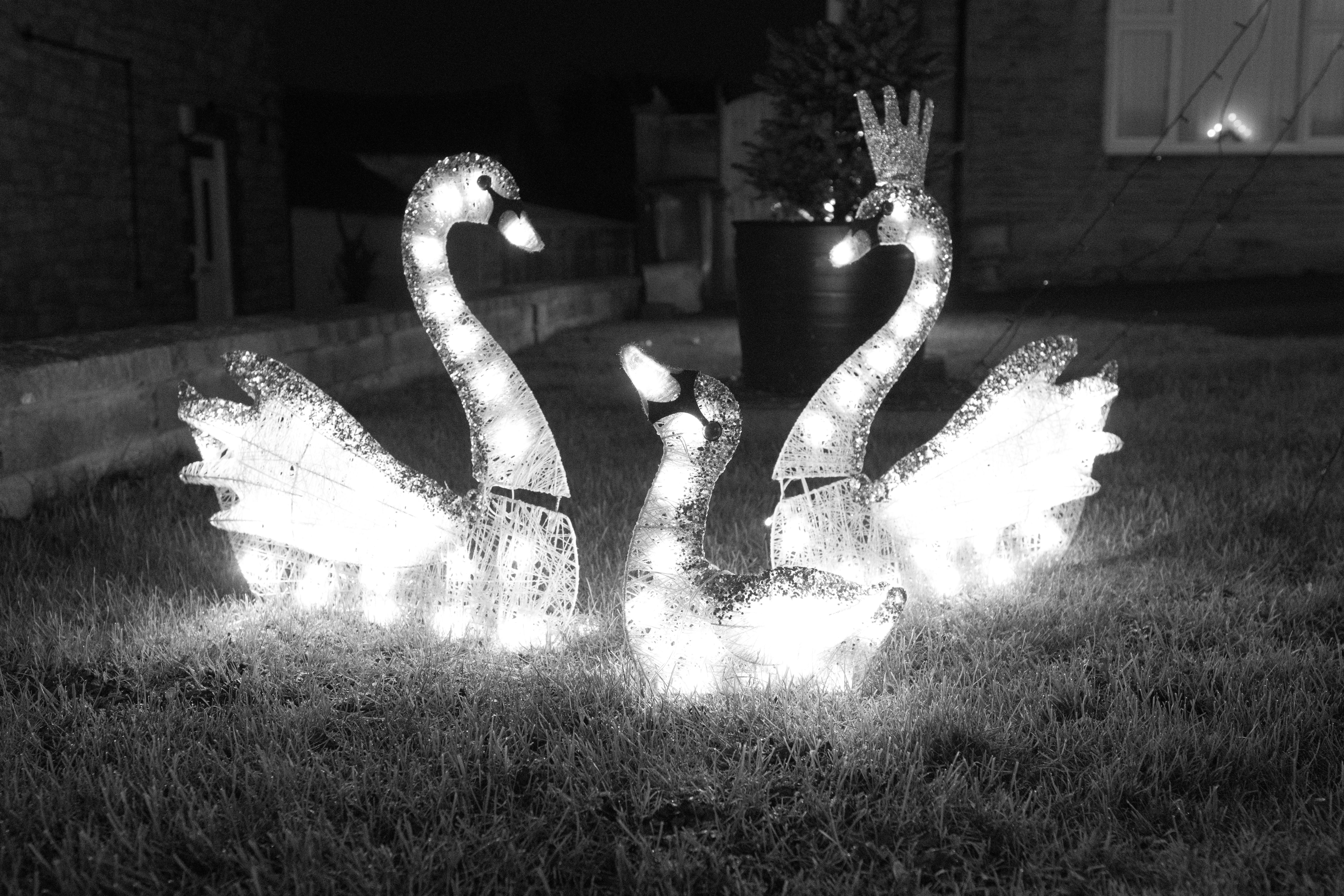
✅ You love DSLRs: If you love a DSLR this is your only dedicated black and white option on the market.
✅ You want the highest ISO performance: With a ISO range from 100 to 1,600,000 - this is the best option, yes up to 1.6 Million!
❌ You want a mirrorless camera: This DSLR is chunky and has a wonderful mirror-slap, which might put off some.
❌ You want a tilting screen: This DSLR offers old-school tech, which means featuring a fixed screen with no tilting abilities.
Pentax continues to keep the DSLR dream alive with this B&W version of one of its APS-C DSLRs, launched in 2023. Just like the Leica models above, the K-3 Mark III Monochrome features a sensor with no color filter (and also does away with the anti-aliasing filter), meaning it shoots monochrome only, but produces images of superior detail and clarity.
In other respects, this camera is pretty much the same deal as the original Pentax K-3 Mark III,meaning it combines rugged DSLR handling with a raft of exposure modes and an impressive ISO range of 100 to 1,600,000 - and in our tests delivers amazing results very high ISO settings, making a great camera for lowlight documentary work..
Having 12fps burst shooting is nice too, though you’ll likely find the shot buffer fills up very quickly, and if you use Live View mode, you’ll find the contrast-detect autofocus doesn’t do nearly as well as on-sensor phase detection at keeping up with the action.
See our full Pentax K-3 Mark III Monochrome review for more details
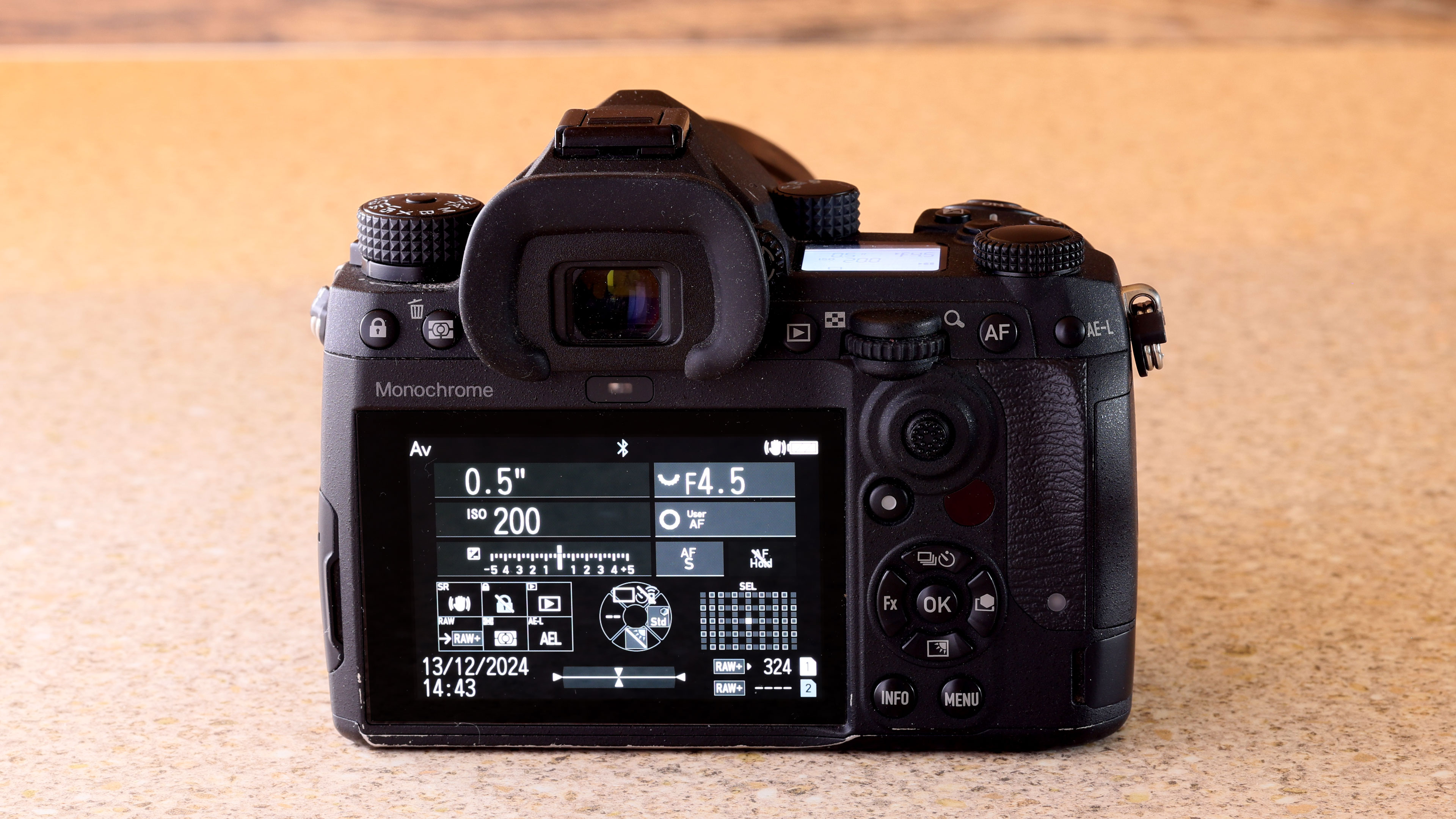
| Header Cell - Column 0 | Notes | Score |
|---|---|---|
Features | With 25MP, UHD 4K video, and the best ISO range available on a monochrome camera | 4.5 / 5 |
Build & handling | Solid DSLR handling, and weather sealing make the Pentax K-3 Mark III Monochrome a great option for field work | 4.5 / 5 |
Performance | Delivers stunning 25mp stills and 4K UHD videos in glorious B&W - what's not to love! | 4 / 5 |
Value | For the value its the best around - while is it is a chunky DSLR, there is noy denying it offer amazing value for money | 5 / 5 |
Best Film Simulations
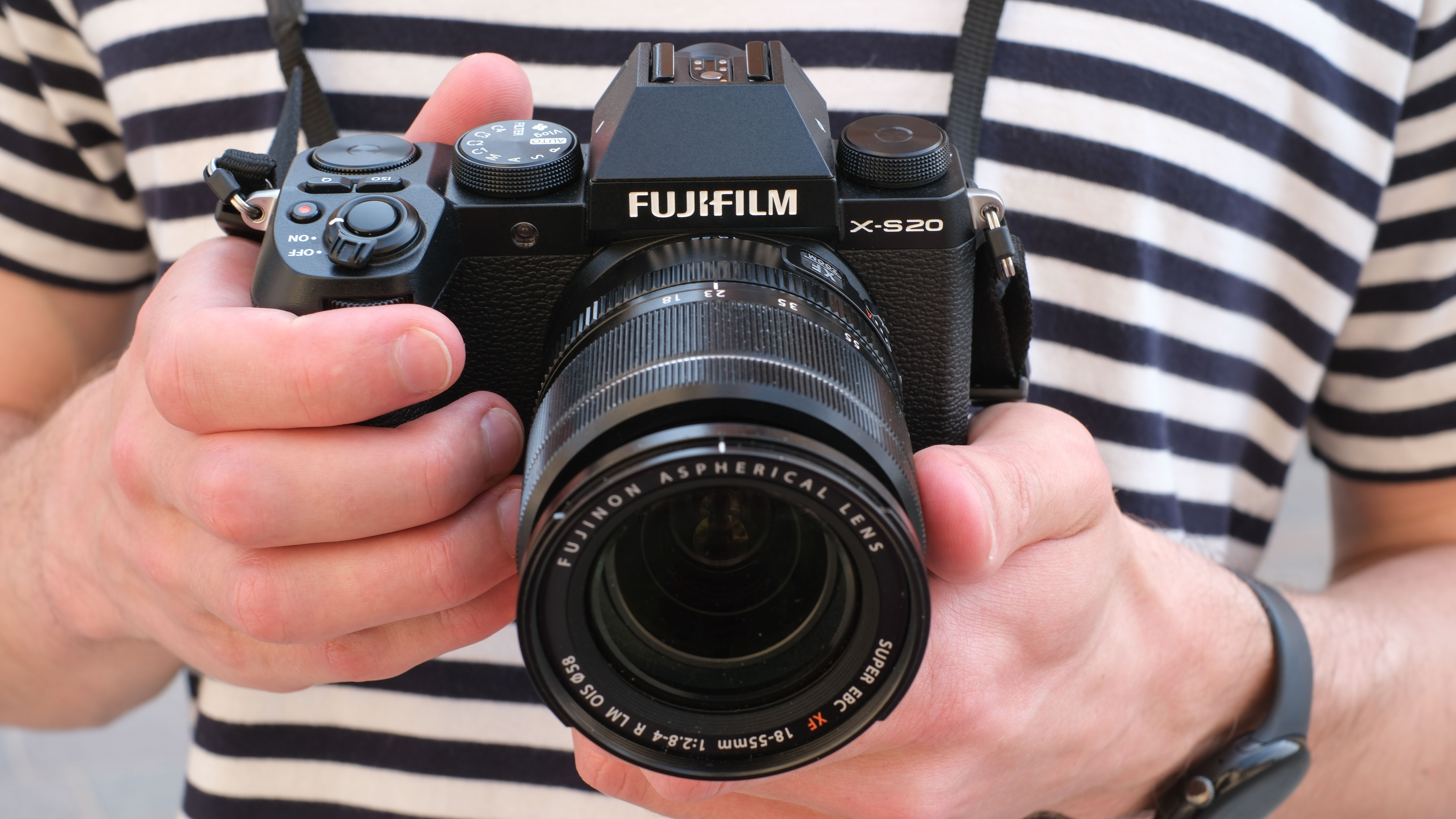
Specifications
Reasons to buy
Reasons to avoid
Sample images


✅ You shoot a lot of video: The Fujifilm X-S20 delivers top-notch video quality, versatile features, and a compact, lightweight design perfect for creators and rigs.
✅ You want a versatile hybrid camera: The X-S20 excels in stills too, with access to Fuji's X-Mount lenses for any scenario, from landscapes to safaris.
❌ You want big resolution: The X-S20’s 24MP sensor falls short of the 40MP resolution in the X-T5 and X-H2, which may suit those seeking ultimate detail but come at a higher price.
❌ You prefer retro styling: No retro Fujifilm camera matches the X-S20’s features. The X-T5 comes close but is larger and pricier, while the aging X-T30 II lags behind the modern X-S20.
Contemporary Fujifilm X cameras are an excellent choice for monochrome shooters as they all come bearing Fuji’s famous Film Simulation modes. For those who don’t know, these are in-camera shooting modes that replicate the ‘looks’ of classic film stocks, including the distinctive, fine-grained monochrome stock ACROS.
The X-S20 is a simpler camera than its cousins in the X-T and X-H series, but it’s probably a better everyday shooter for most people. The lower megapixel count of 26.1MP means more manageable files while still providing realistically enough resolution for most purposes.
As a newer camera, it benefits from the must-have feature of the past couple of years – subject-detection autofocus, meaning it can lock onto specific subjects with preternatural speed and accuracy.
Also, if you are interested in monochrome video, the X-S20 has an impressive video spec, with a maximum resolution of 6K – and Film Simulation modes can be used in video, too.
See our Fujifilm X-S20 review for more details
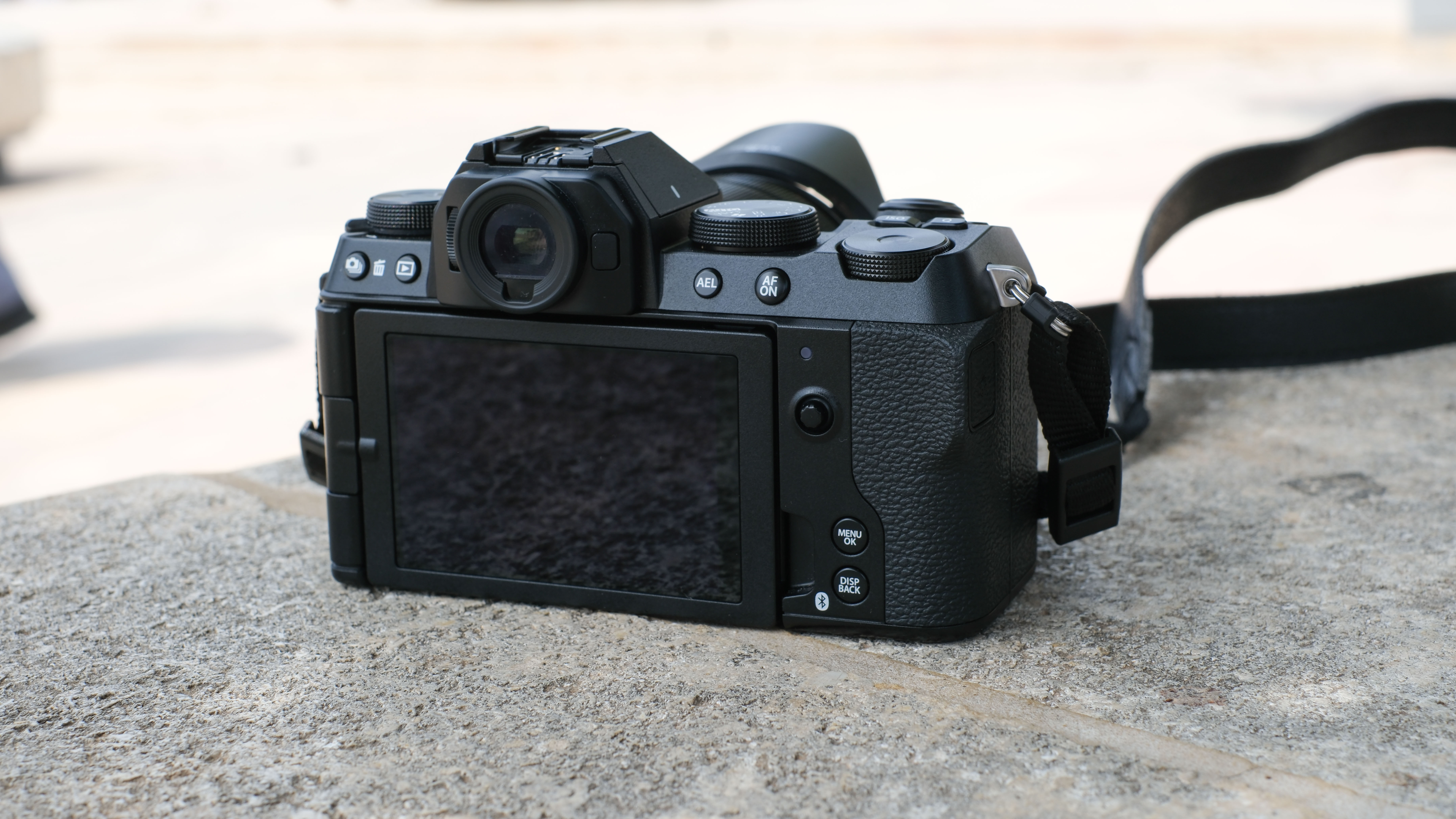
Features | 6K open-gate video and the latest subject detection | 5 / 5 |
Design | Solid build quality although does miss out of weather sealing | 5 / 5 |
Performance | Subject detect autofocus is pinpoint and video quality is excellent | 5 / 5 |
Value | Arguably the best value APS-C cameras right now | 5 / 5 |
best for beginners
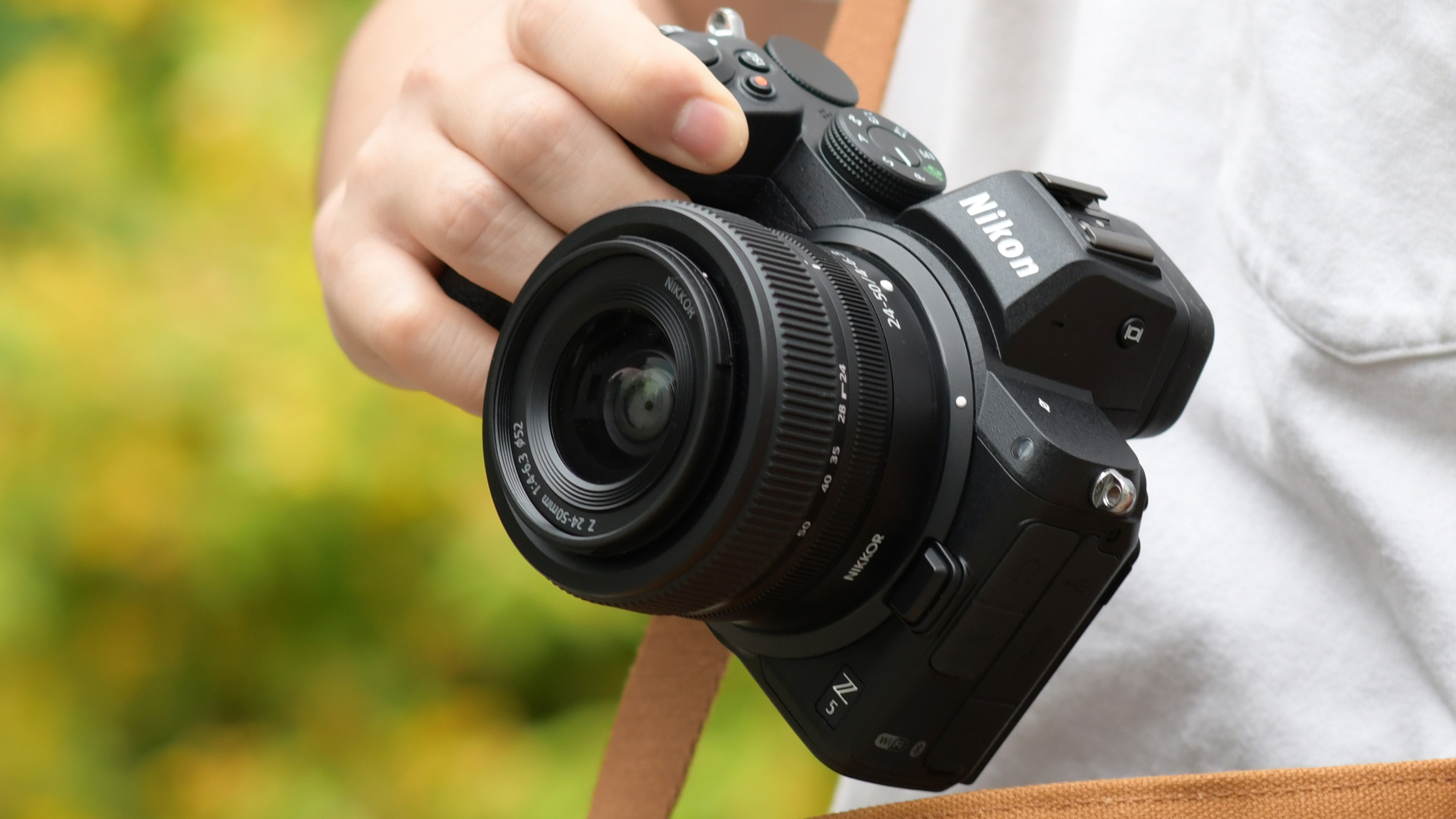
Specifications
Reasons to buy
Reasons to avoid
Sample images
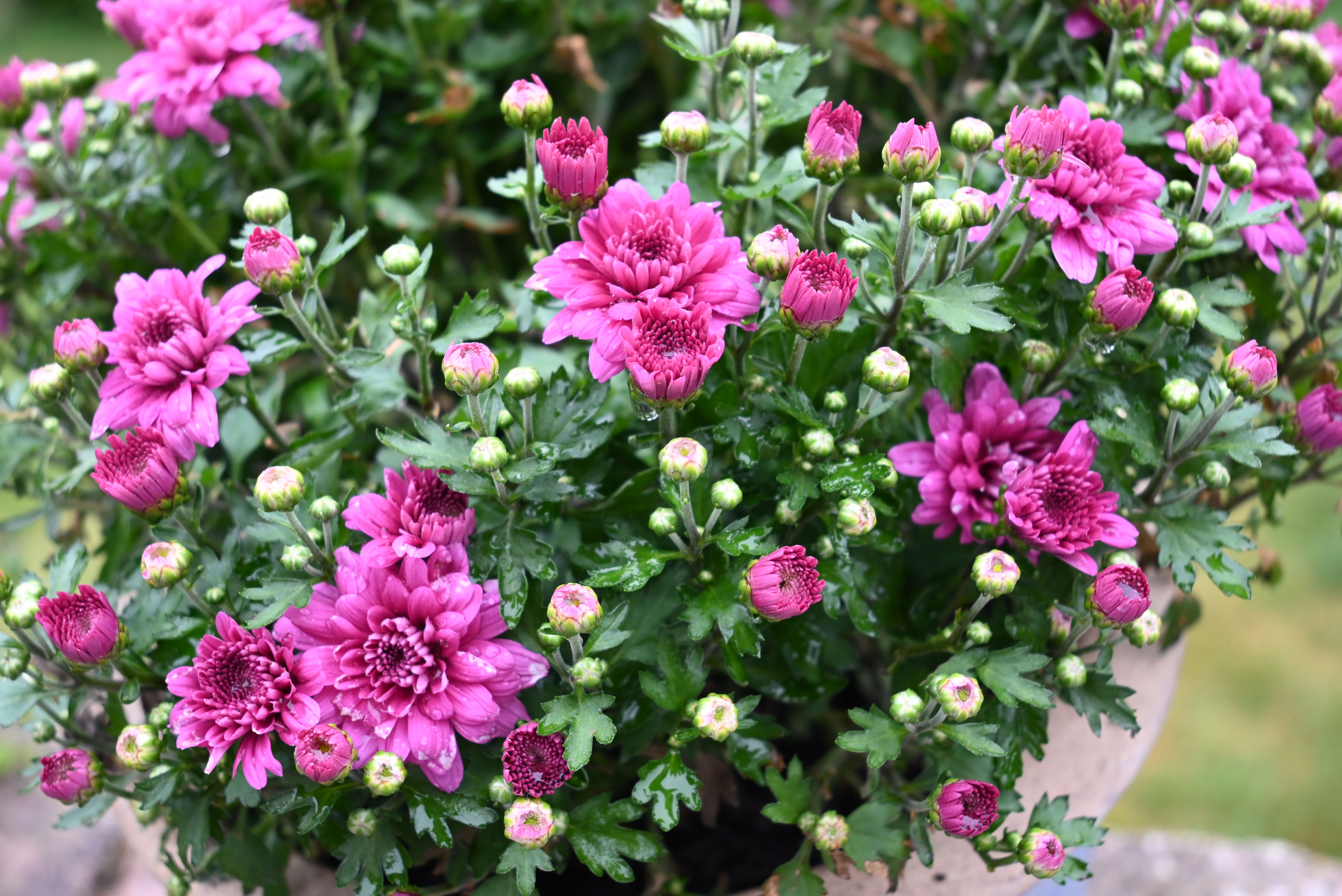

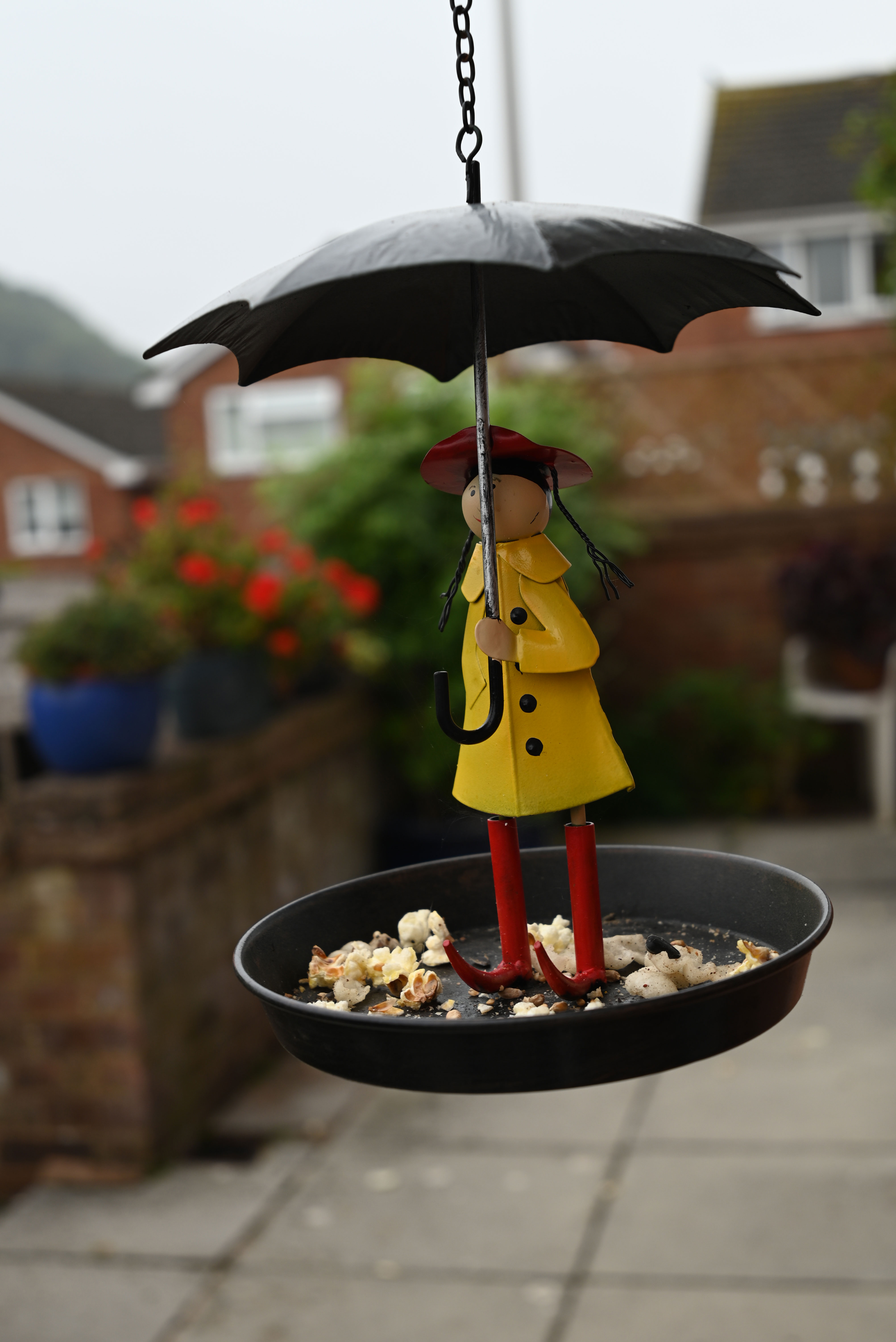
✅ You're new to photography: with its easy-to-use features and Excellent electronic viewfinder this is as good as it gets for new photography learners
✅ You want a versatile camera: while it can shoot amazing Monochrome images, the color profile arent bad either!
❌ You want a fast camera: with just 4.5 frames per second shooting the Z5 isn't the quickest out of the gate
❌ You want a high MP cmaera: with 'only' a 24MP sensor if you want higher megapixels you going to have to look elsewhere
So far we’ve mostly been talking about black and white photography as practiced in-camera. However, many monochrome photographers prefer to do their conversions after the fact, in which case, you can focus less on the various monochrome options a camera provides, and more on its image quality more generally.
While the Nikon Z5 can shoot in monochrome, with a few options in the Picture Control settings, it doesn’t offer the kind of stylish, distinctive monochrome looks of, say, a Fujifilm X camera. What it does do, though, is produce terrific-looking full-frame images for a reasonable price.
The dynamic range on the Z5 is very good, particularly at lower ISOs, so when you come to convert your images to black and white you should have plenty of recoverable detail in the highlights and shadows. It’s a nicely built camera too, and has one of the better electronic viewfinders at this price point. The Z5 tends to be bundled with a Z 24-50mm f/4-6.3 lens – a decent enough kit lens, but one you’ll probably find yourself outgrowing quite quickly.
See our Nikon Z5 review for more details
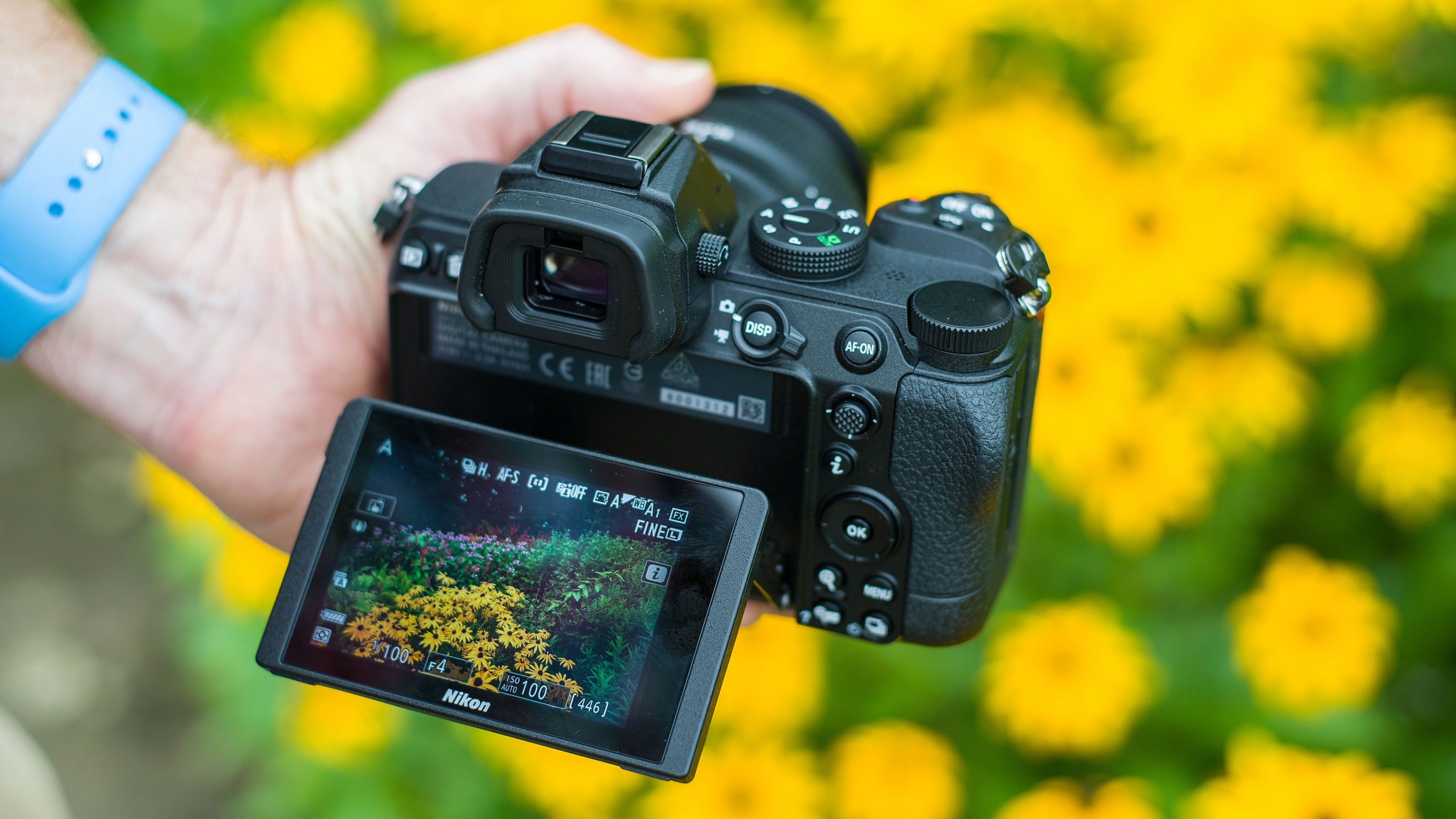
Features | 4K video, 24MP full-frame sensor and monochrome profiles makes this camera true joy for beginners | 5 / 5 |
Design | With a solid build and great ergonomics | 4 / 4 |
Performance | While its bust mode might not be the fastest its overall performance is fantastic for beginners | 4 / 4 |
Value | With its sleek mirrorless specs, and overall full-frame perfromace makes this camera great value for money | 5 / 5 |
Best hybrid
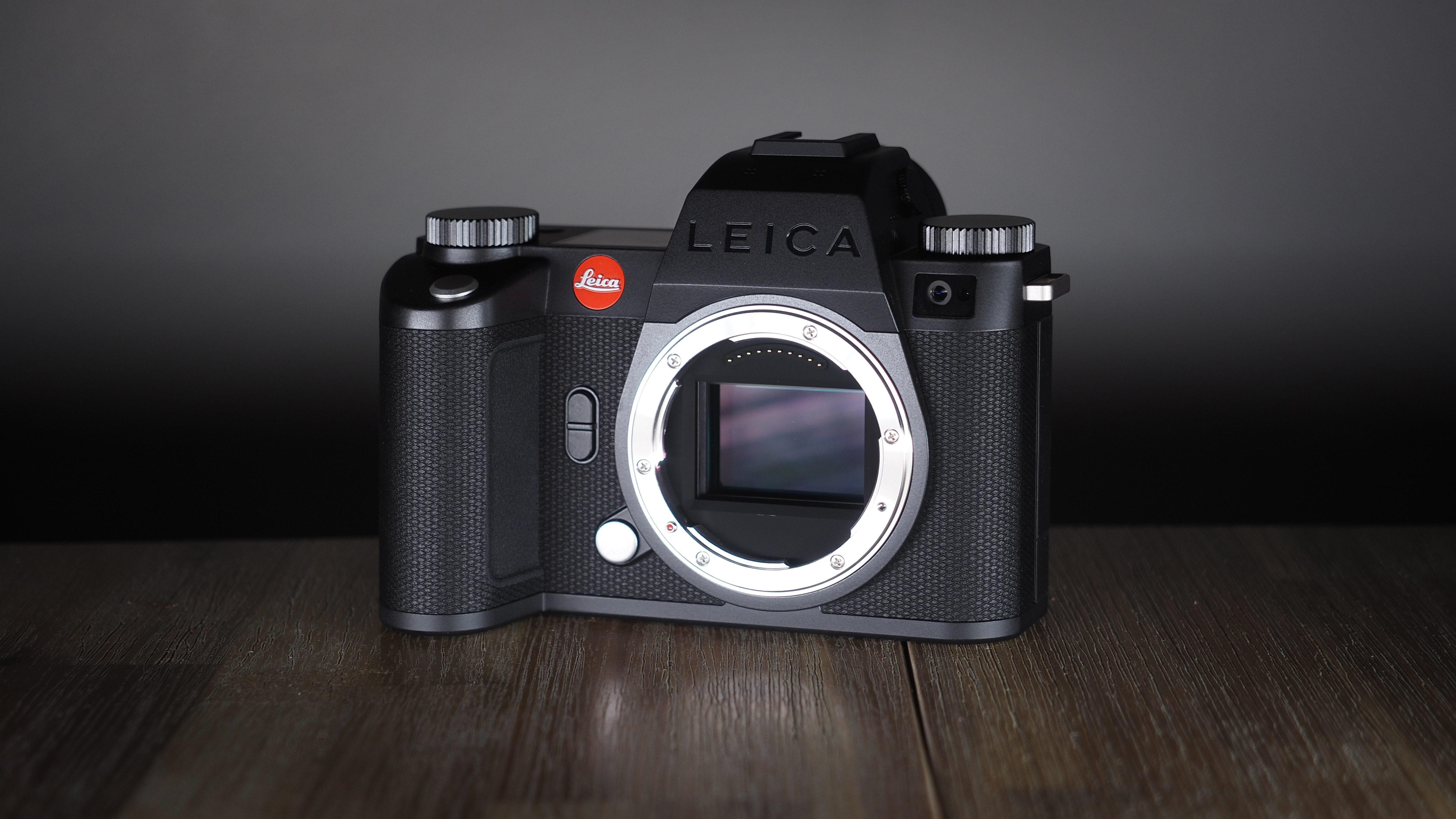
Specifications
Reasons to buy
Reasons to avoid
Sample images
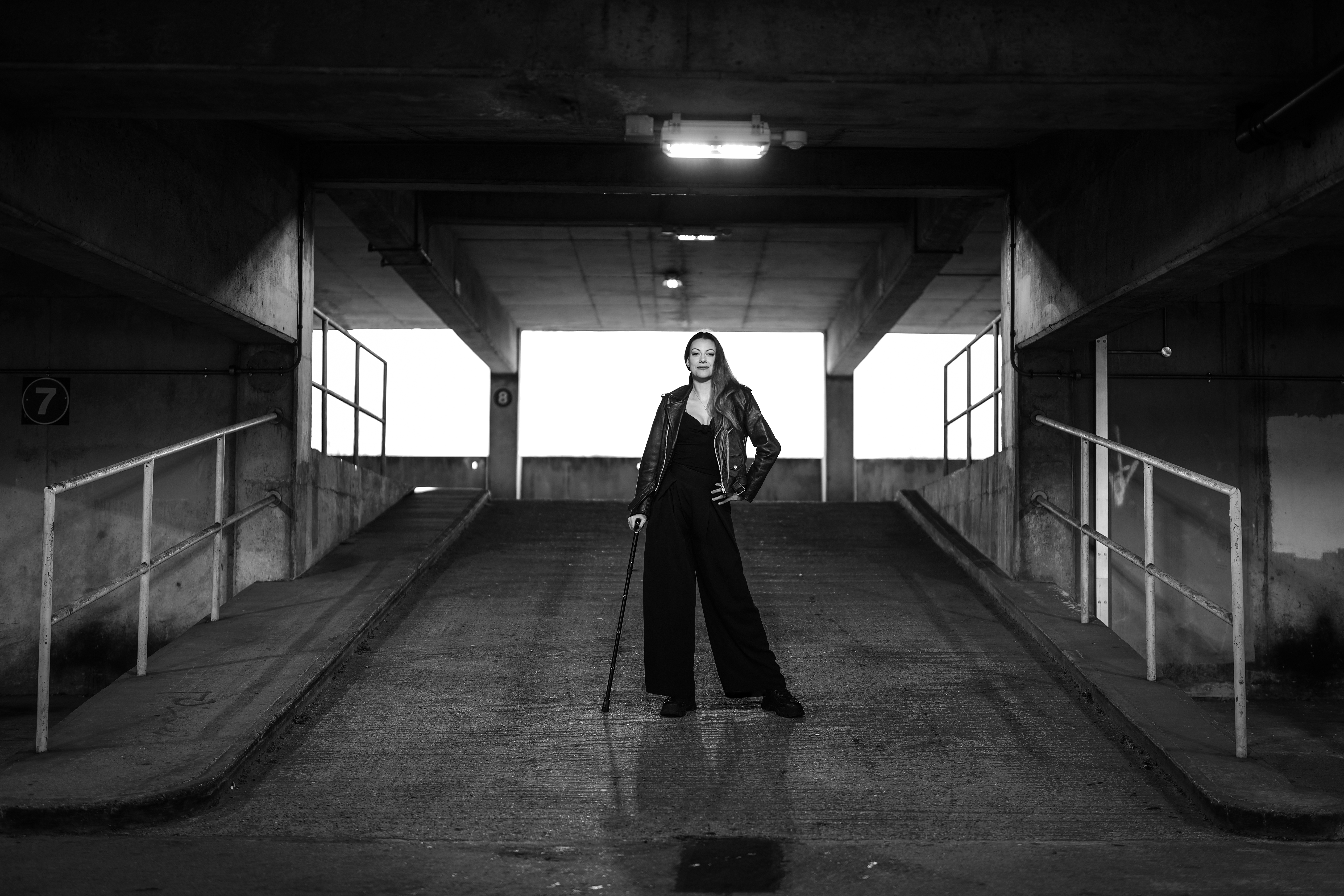

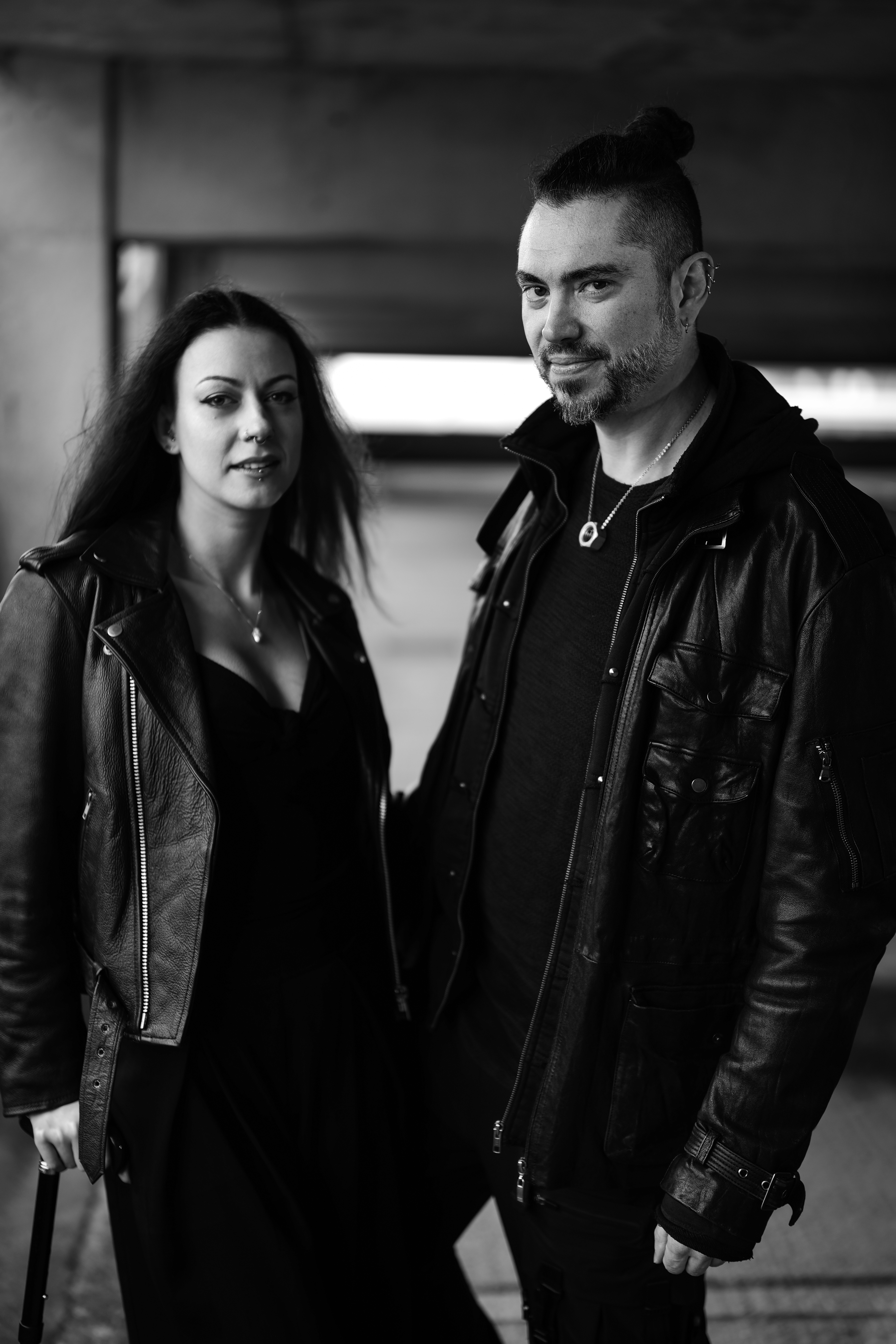
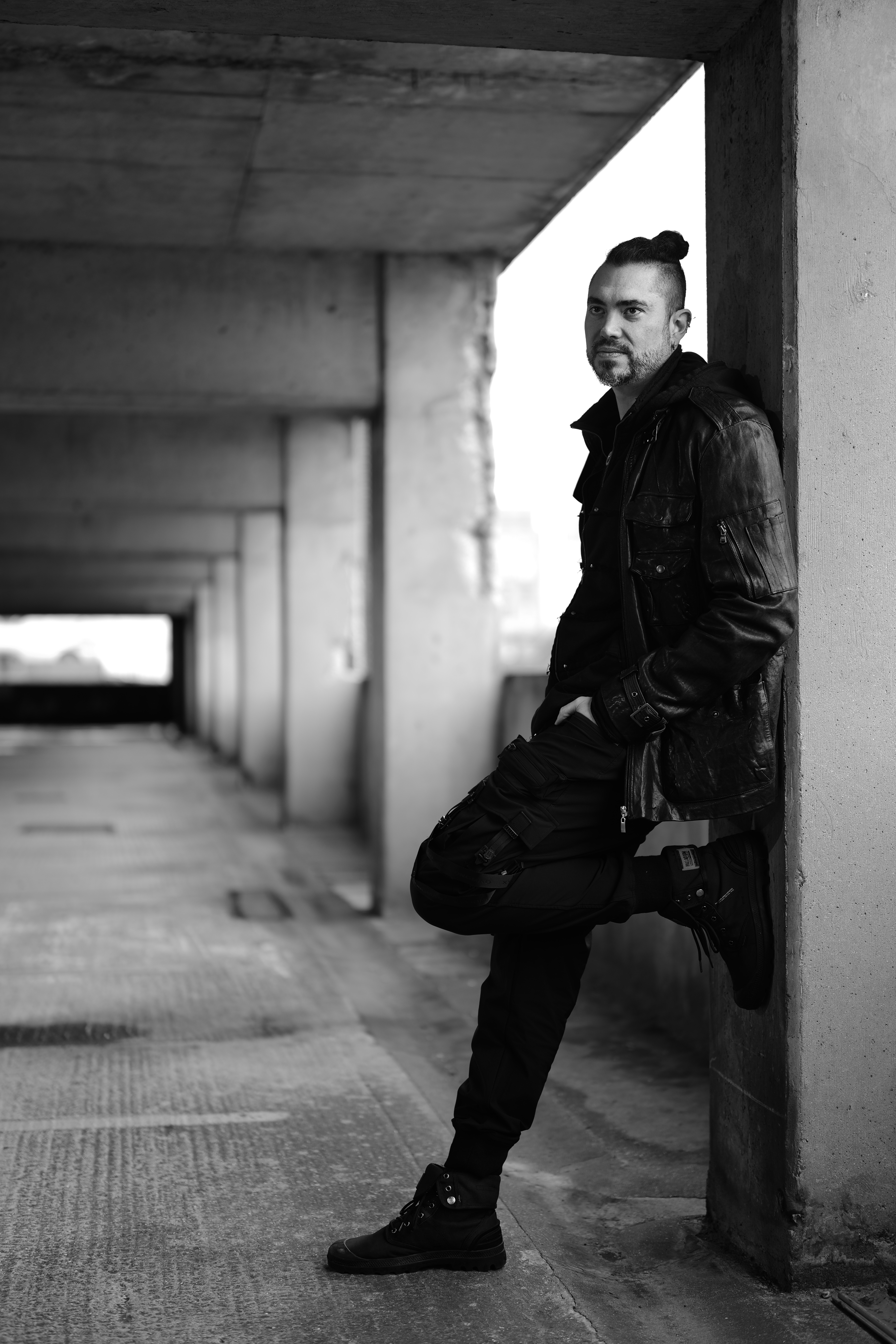
✅ You're on a 'budget': With 24MP stills and 6K open-gate video capabilities, this gets you the Leica brand in your hands for less than its big brother, the SL3.
✅ You're a content creator: Thanks to its ability to quickly switch between video and stills, this camera is every content creator's dream.
❌ You want 8K video: while the SL3-S has more superior video functions than its bigger brother the SL3, the SL3-S does lack 8K recording.
❌ You want a small camera: While the SL2-S doesn't have a built-in camera grip it is a big camera, something fixed with the SL3.
The Leica SL3-S is a triumph for the red dot brand, reinforcing its commitment to a mirrorless system that evolves leaps and bounds with each generation. It’s easy to forget that the SL2-S—and even the SL2—had a fixed screen and an autofocus system that was, at best, frustrating. The SL3-S, by contrast (and phase), is a confident, capable machine that not only delivers exceptional stills but also unlocks a wealth of creative potential for videographers.
At its core, the new backside-illuminated sensor produces some of the best image quality seen in a 24MP body, outshining hybrid rivals in dynamic range and low-light performance. While its resolution is lower than the SL3’s 60MP, it still offers pixel shift for up to 96MP, and its blistering 30fps burst shooting leaves the SL3’s 7fps in the dust. Video capabilities are another standout feature—topping out at 6K instead of 8K, yet vastly superior overall, including the increasingly sought-after ability to shoot in open gate.
Though it shares some DNA with the Lumix S5 IIX, the SL3-S delivers meaningful improvements, particularly in noise handling and dynamic range. It ranks among the best hybrid cameras available, and if the price of entry doesn’t deter you, the SL3-S is an absolute joy to use—an inspiring, luxurious tool that makes you want to pick it up and create.
Read our full Leica SL3-S review for more details
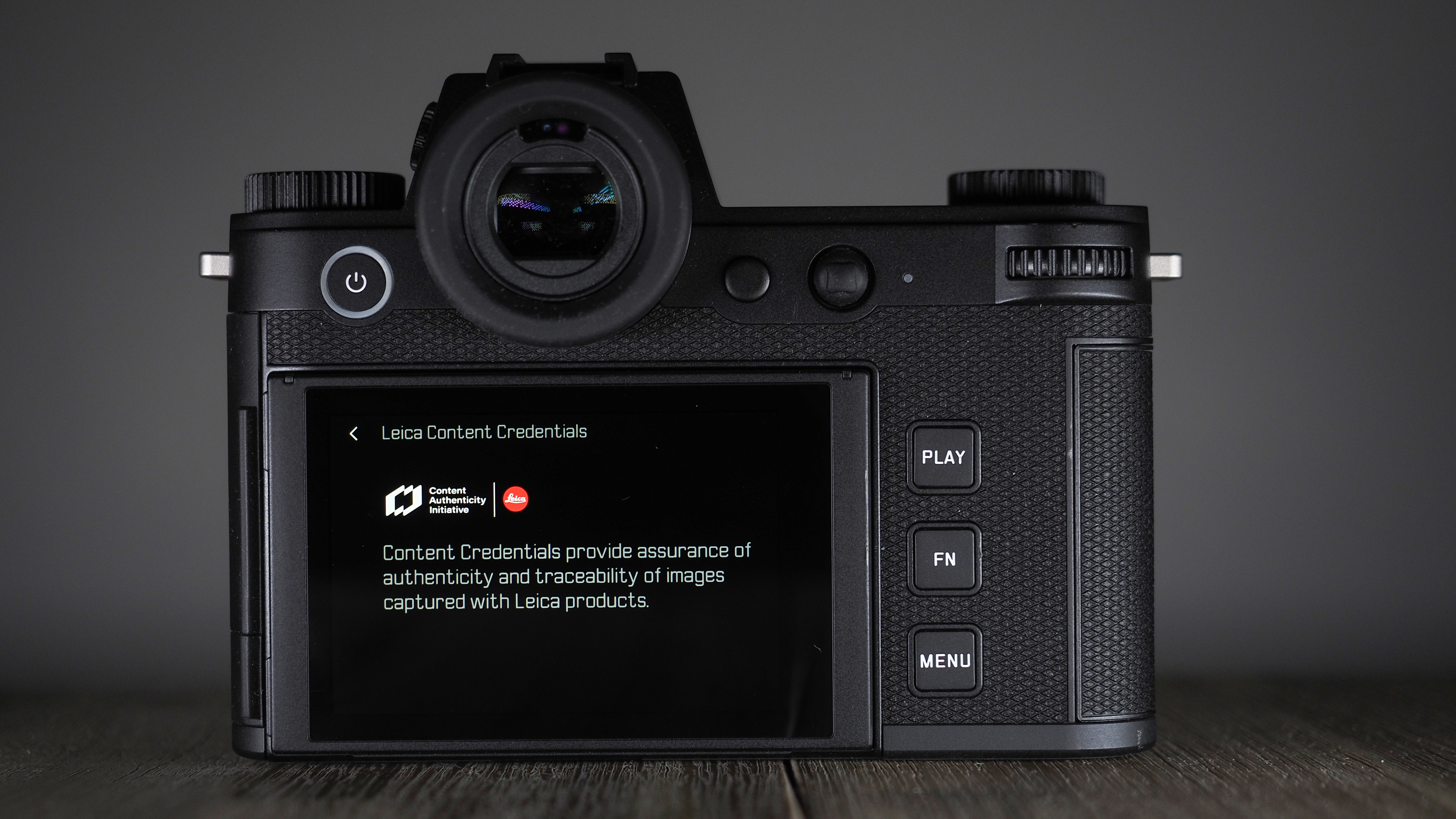
| Header Cell - Column 0 | Notes | Score |
|---|---|---|
Features | 24MP stills, 6K Open-gate recording, and blistering AF | 5 / 5 |
Build & handling | Weather-sealed, fast fps, feels great in the hands, but might be bigger than some expect | 4.5 / 5 |
Performance | with 24MP stills and 6K video the SL3-S is the perfect camera for Content Creators | 5 / 5 |
Value | One of the most "affordable" Leica's on the market, but still more costly than rivals | 4.5 / 5 |
Best for style
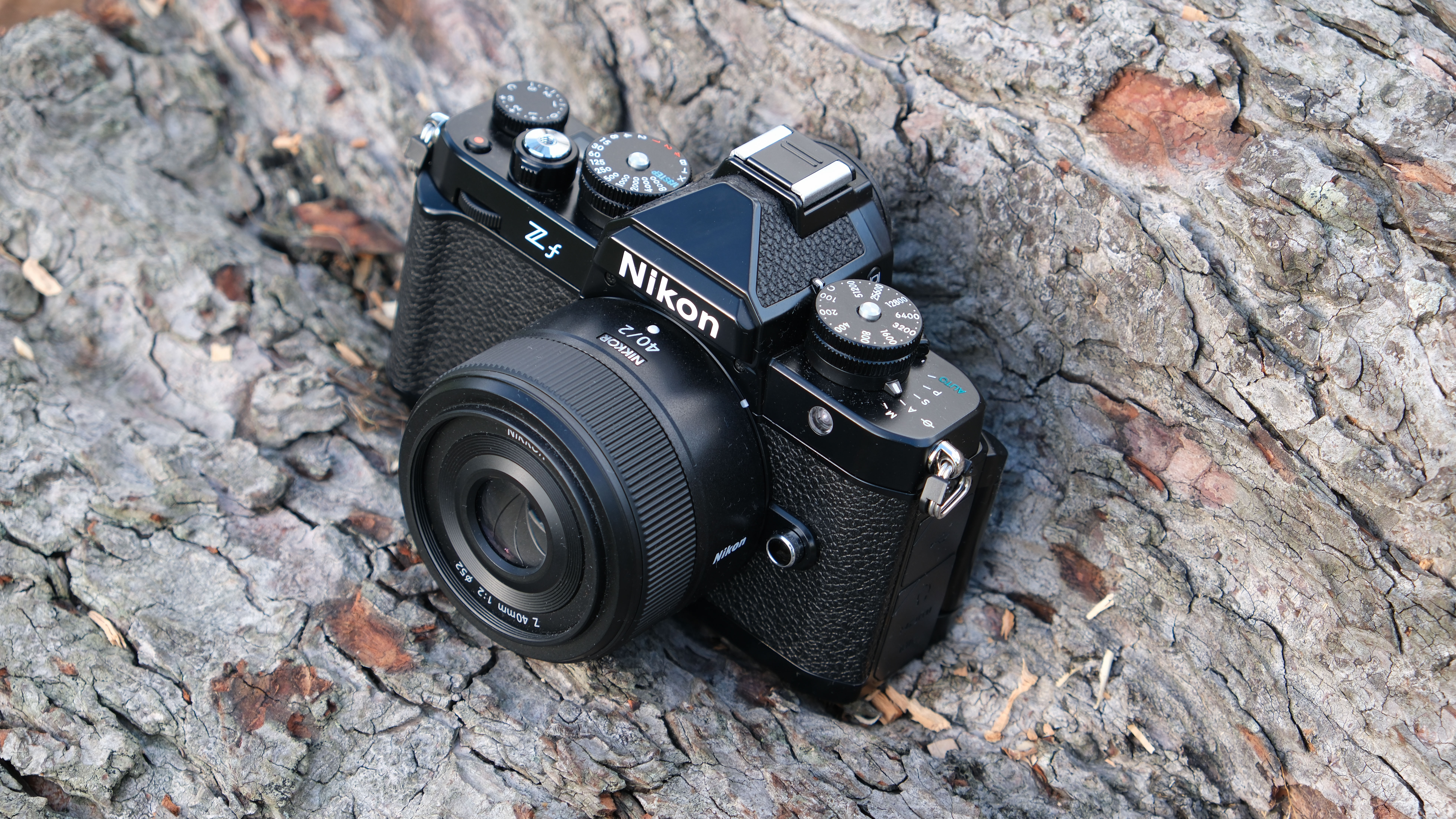
Specifications
Reasons to buy
Reasons to avoid
Sample images

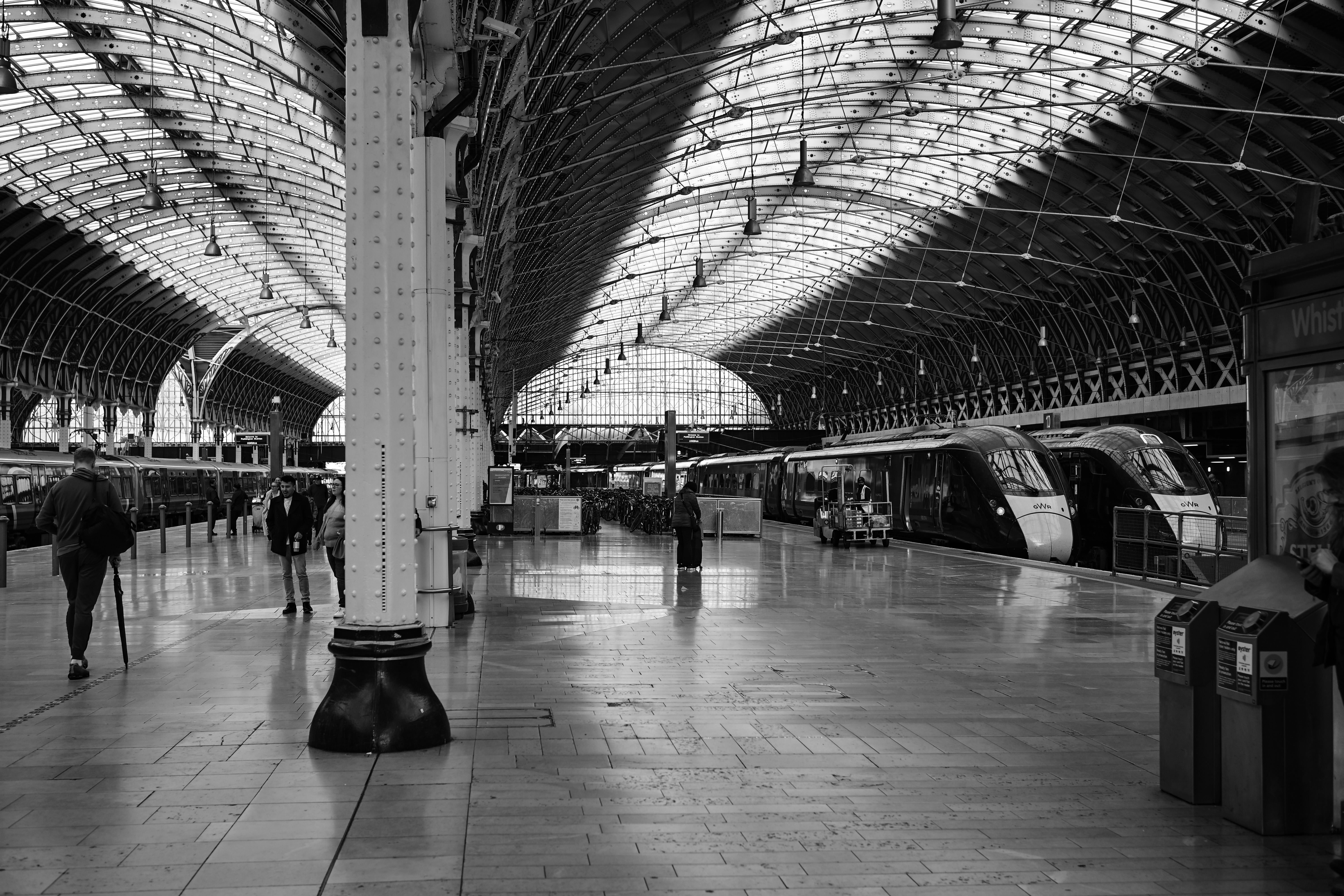
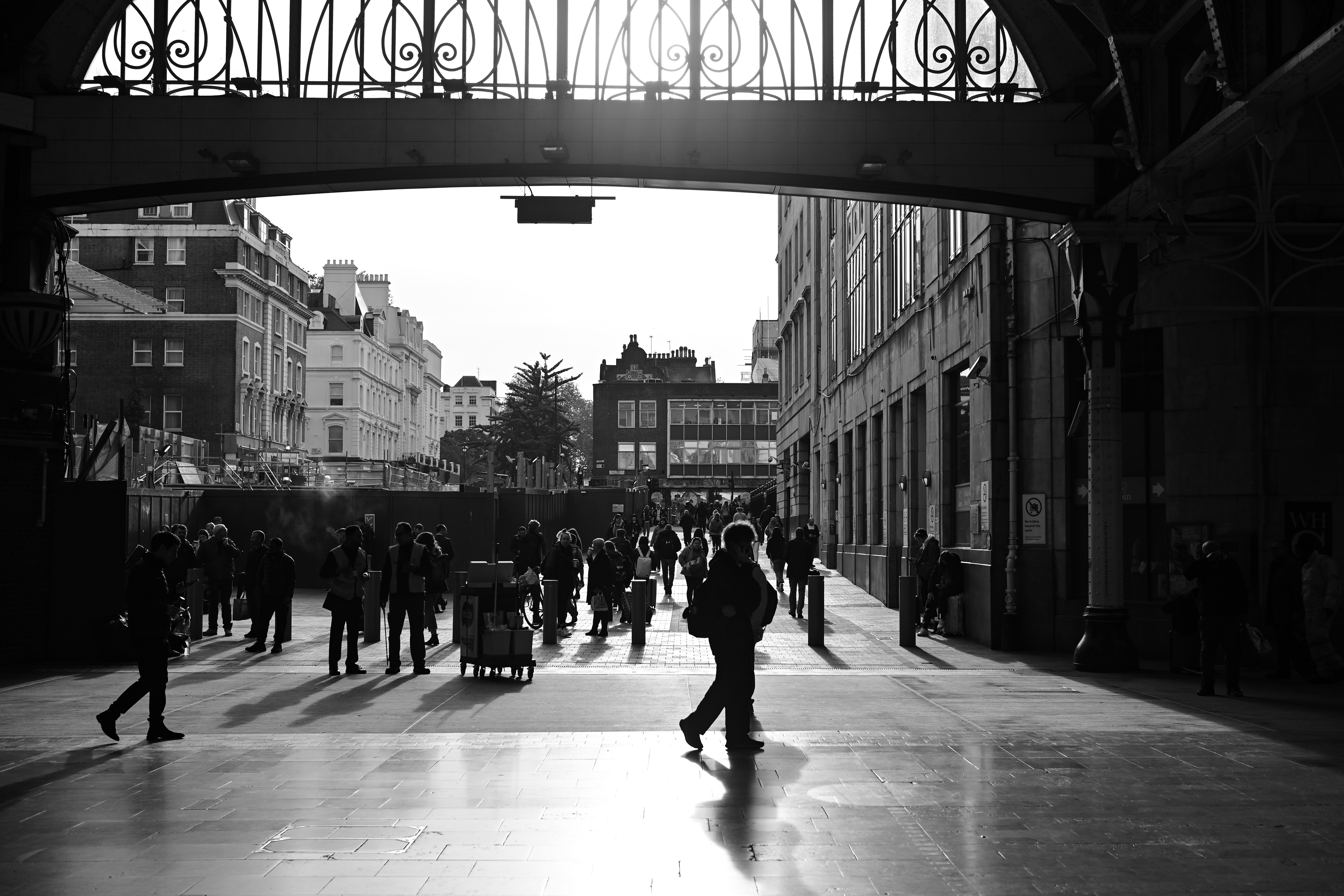
✅ You want a big sensor retro camera: the APS-C vs full-frame debate rages on – but currently, the Nikon Zf is the best retro camera if a full-frame sensor is important to you.
✅ You want a real-deal retro camera: where retro looks inspire other cameras on this list, the Zf is actually modeled from the design of the classic Nikon FM2.
❌ You want matching lenses: the biggest flaw with the Nikon Zf is that Nikon has only a couple of retro-inspired lenses to match the camera.
❌ You use big lenses: the Nikon Zf is not very comfortable to hold for long periods without an additional grip adapter, especially when paired with big lenses.
Don't let its vintage looks deceive you, the Nikon Zf is a fantastic modern digital camera. With its 25MP full-frame sensor and Nikon's cutting-edge Expeed 7 processor, the Zf offers excellent autofocus and subject tracking, as well as solid 4K video performance.
I really love the Nikon Zf for its retro design which is sure to immediately win over any vintage camera enthusiasts. From the moment I laid my hands on this camera, it stirred up a wave of nostalgia for the bygone days of shooting film. The Zf body has a fantastic build quality with more substantial and robust brass dials, and a weighty feel reminiscent of the iconic Nikon FM2 that served as its inspiration.
There is a lack of own-brand Nikon vintage-style lenses natively for the Z mount, which limits you to modern-looking Nikon lenses, or old Nikon lenses via a mount adapter, which spoils the aesthetic somewhat. However, this shortfall is made up for by many third-party lens makers, offering lenses with manual aperture rings, suiting the Zf perfectly.
Read our full Nikon Zf review for more details
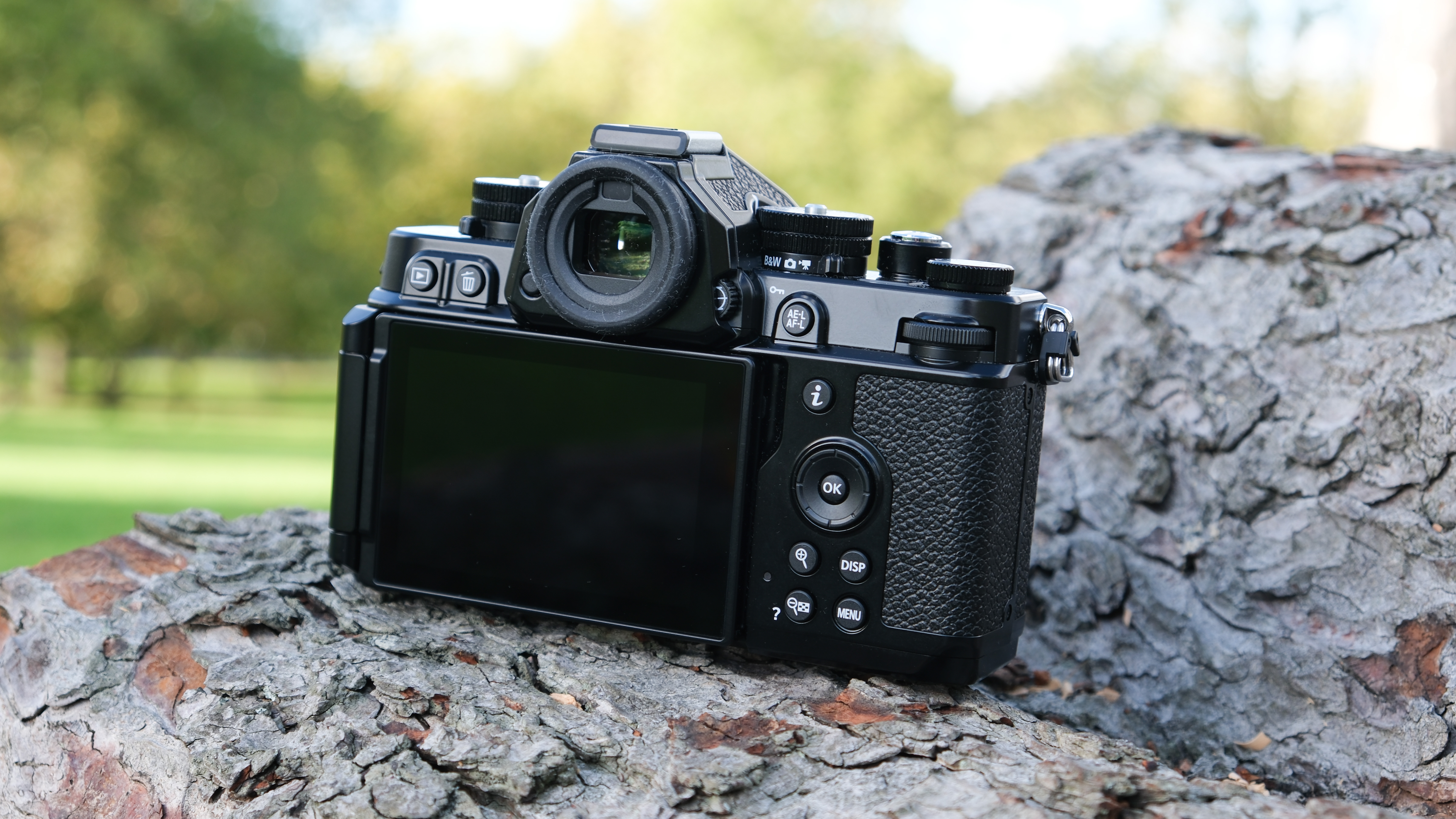
| Header Cell - Column 0 | Notes | Score |
|---|---|---|
Features | 25MP full-frame sensor, retro-styling, great auto focus, and 4K video | 5 / 5 |
Build & handling | Built to resemble a Nikon film camera of old this is a pure photography enthusiasts dream with full manual cotrols | 4.5 / 5 |
Performance | Excellent images quality, amazon 4K video and outstand Autofocus makes the Zf a real game-changer camera | 5 / 5 |
Value | While its a big price to pay for retro-styling there's no denying its an incredible camera | 4.5 / 5 |
You might also like
Black and white photography: how to see and shoot in monochrome
How to convert to black and white in Photoshop Elements
Who the heck buys a camera that only shoots black-and-white?
How to dodge and burn in Photoshop for brilliant black and white
Get the Digital Camera World Newsletter
The best camera deals, reviews, product advice, and unmissable photography news, direct to your inbox!

For nearly two decades Sebastian's work has been published internationally. Originally specializing in Equestrianism, his visuals have been used by the leading names in the equestrian industry such as The Fédération Equestre Internationale (FEI), The Jockey Club, Horse & Hound, and many more for various advertising campaigns, books, and pre/post-event highlights.
He is a Fellow of the Royal Society of Arts, holds a Foundation Degree in Equitation Science, and holds a Master of Arts in Publishing. He is a member of Nikon NPS and has been a Nikon user since his film days using a Nikon F5. He saw the digital transition with Nikon's D series cameras and is still, to this day, the youngest member to be elected into BEWA, the British Equestrian Writers' Association.
He is familiar with and shows great interest in 35mm, medium, and large-format photography, using products by Leica, Phase One, Hasselblad, Alpa, and Sinar. Sebastian has also used many cinema cameras from Sony, RED, ARRI, and everything in between. He now spends his spare time using his trusted Leica M-E or Leica M2, shooting Street/Documentary photography as he sees it, usually in Black and White.
